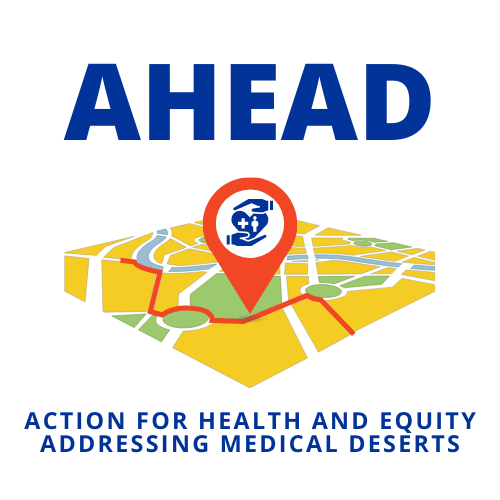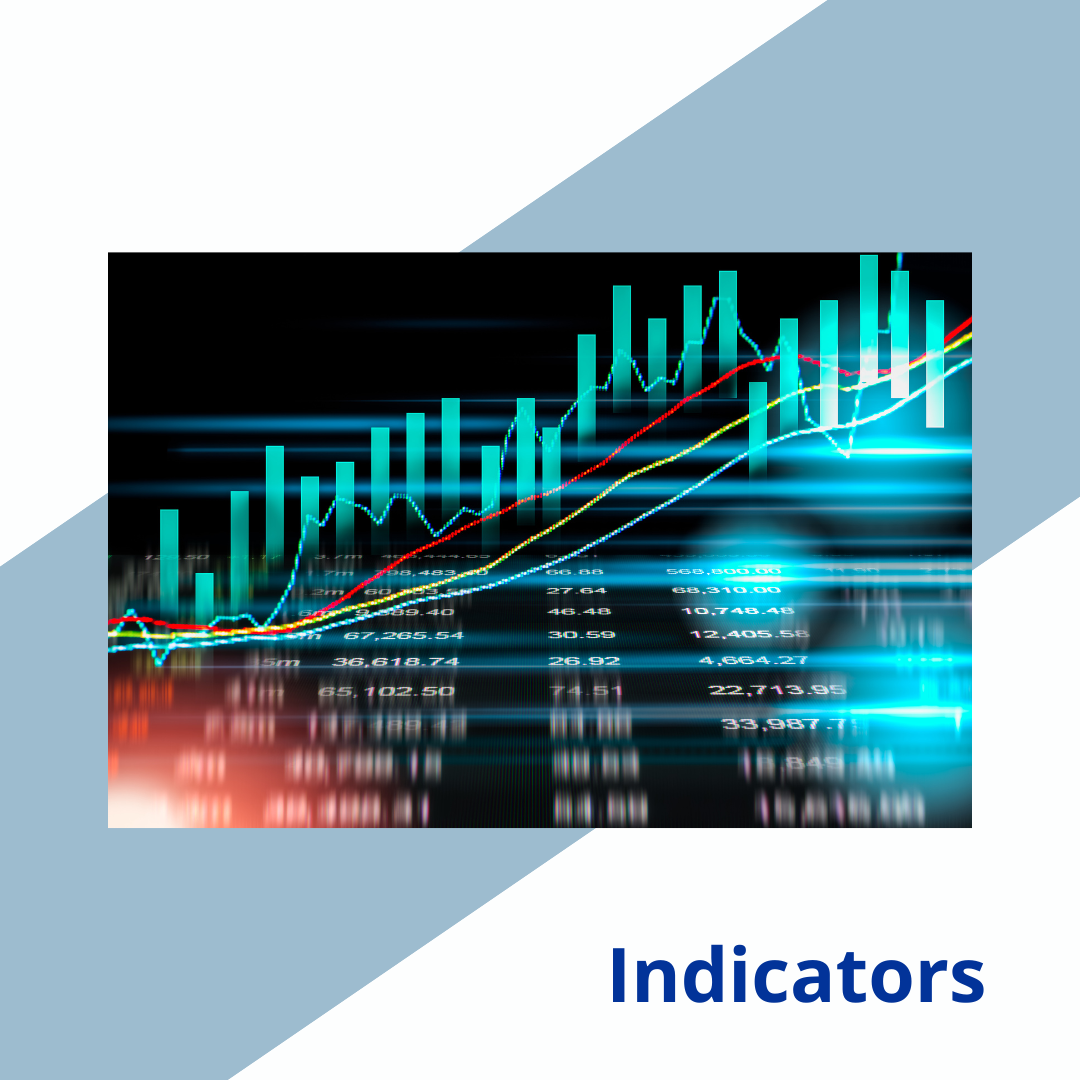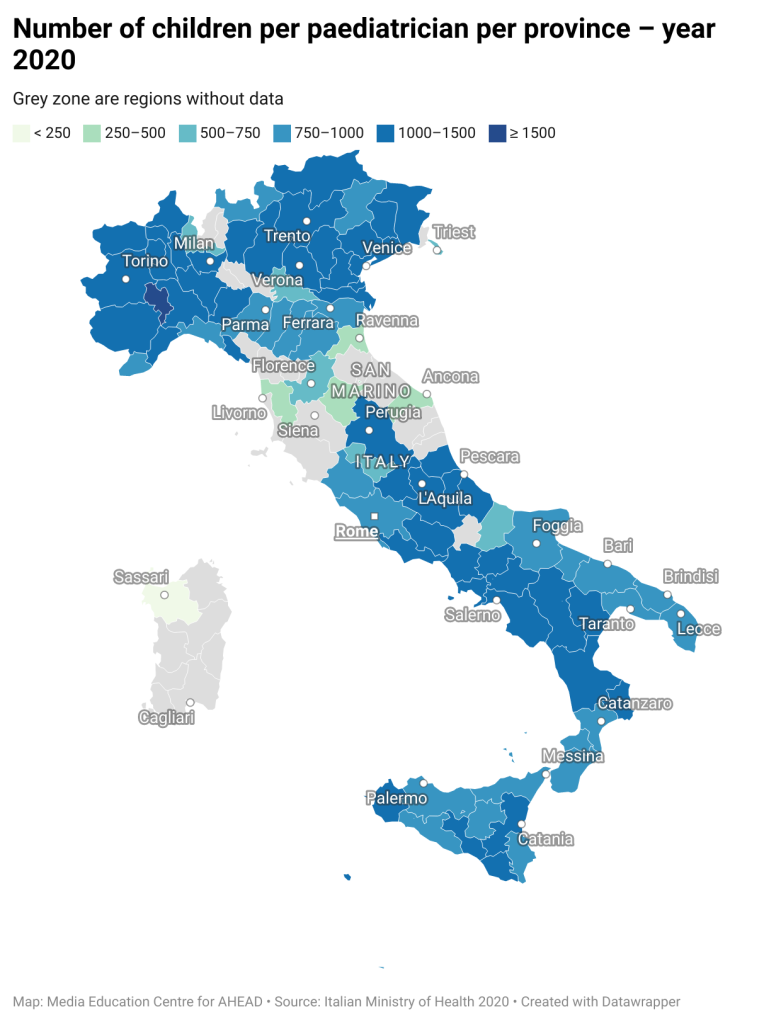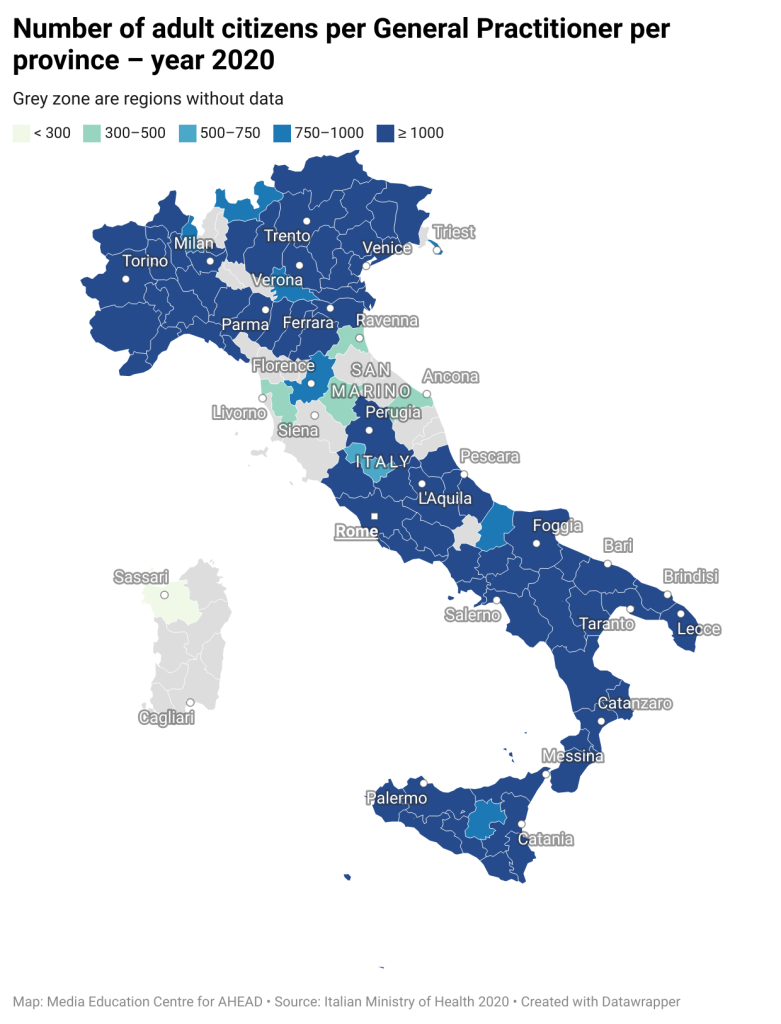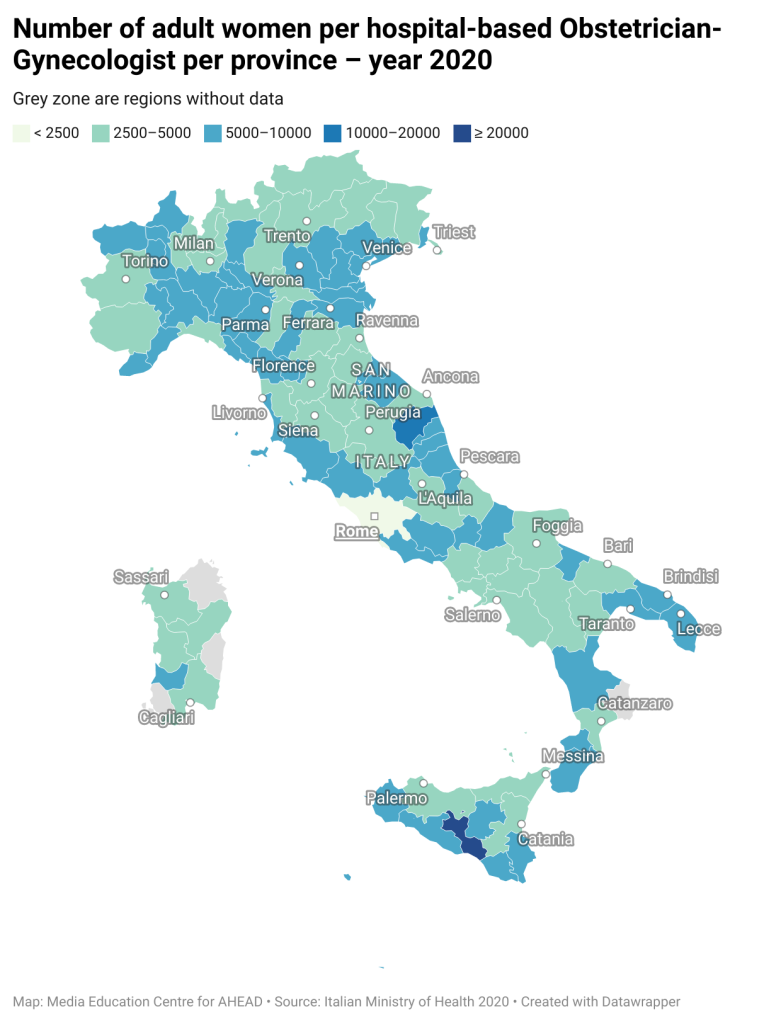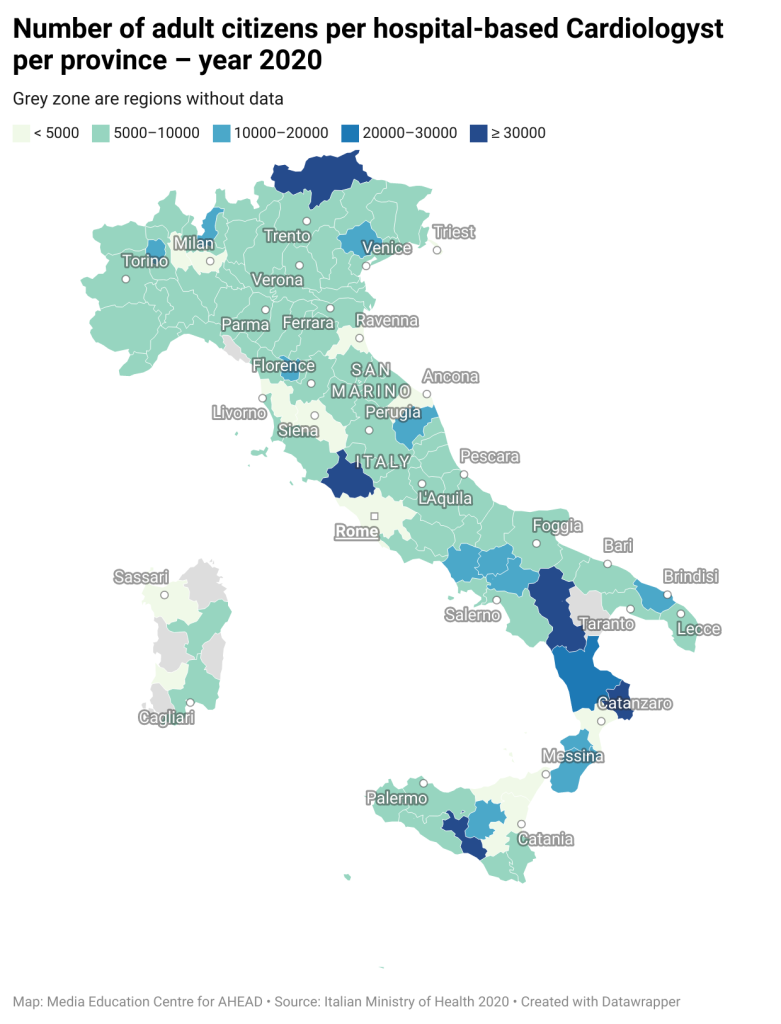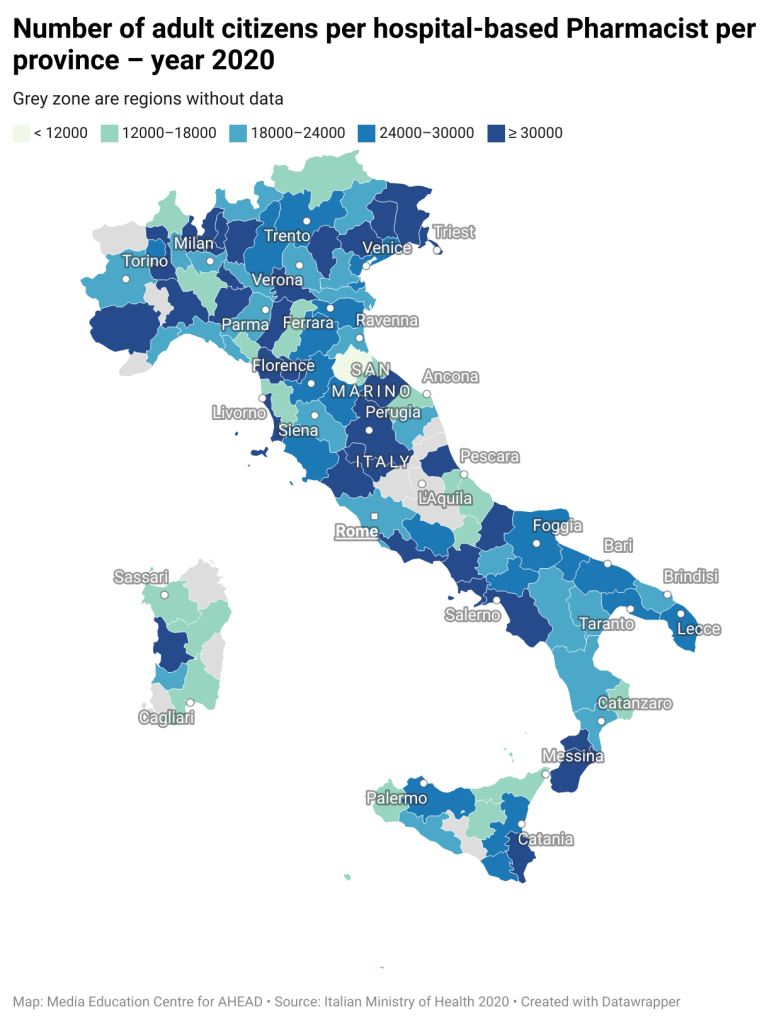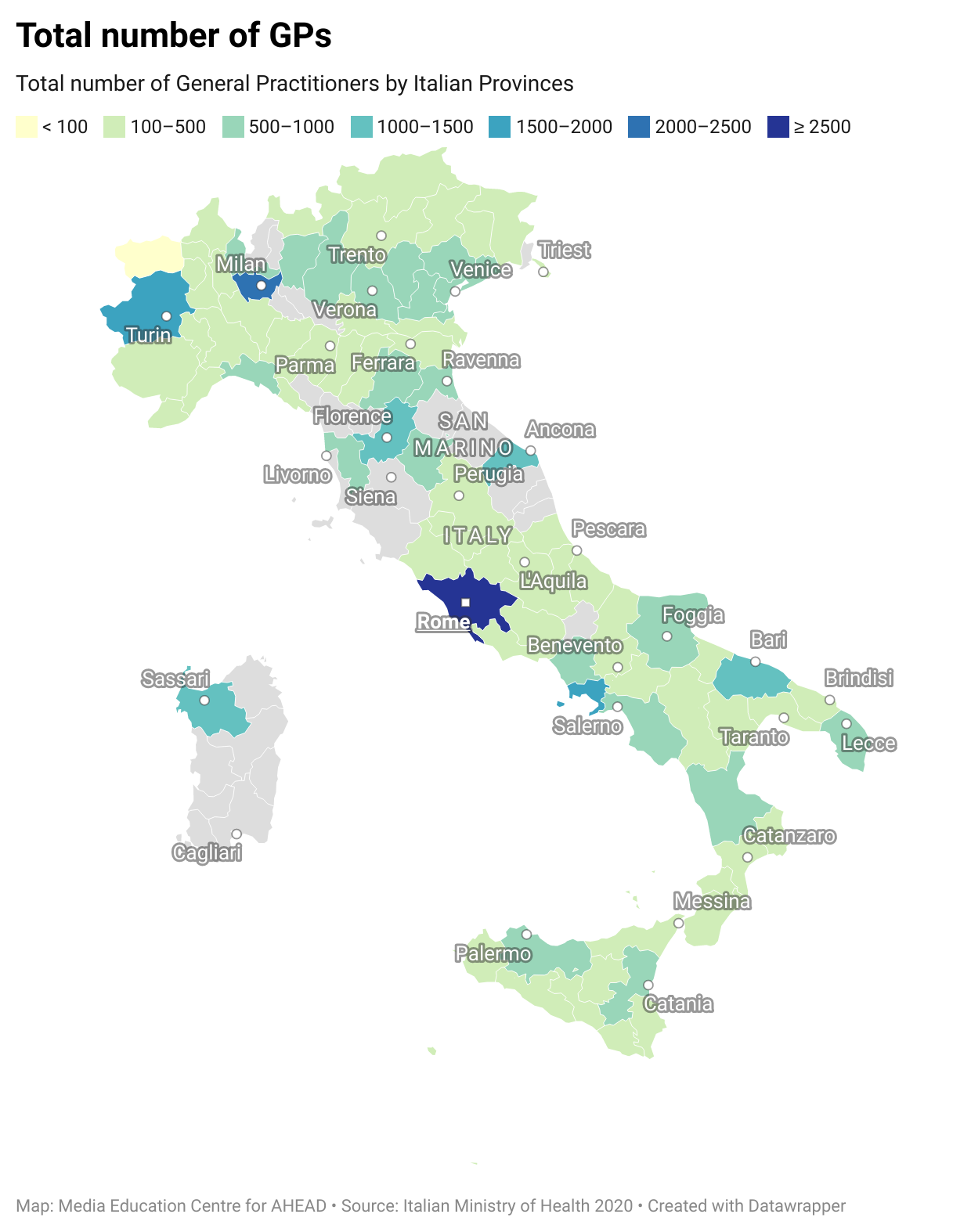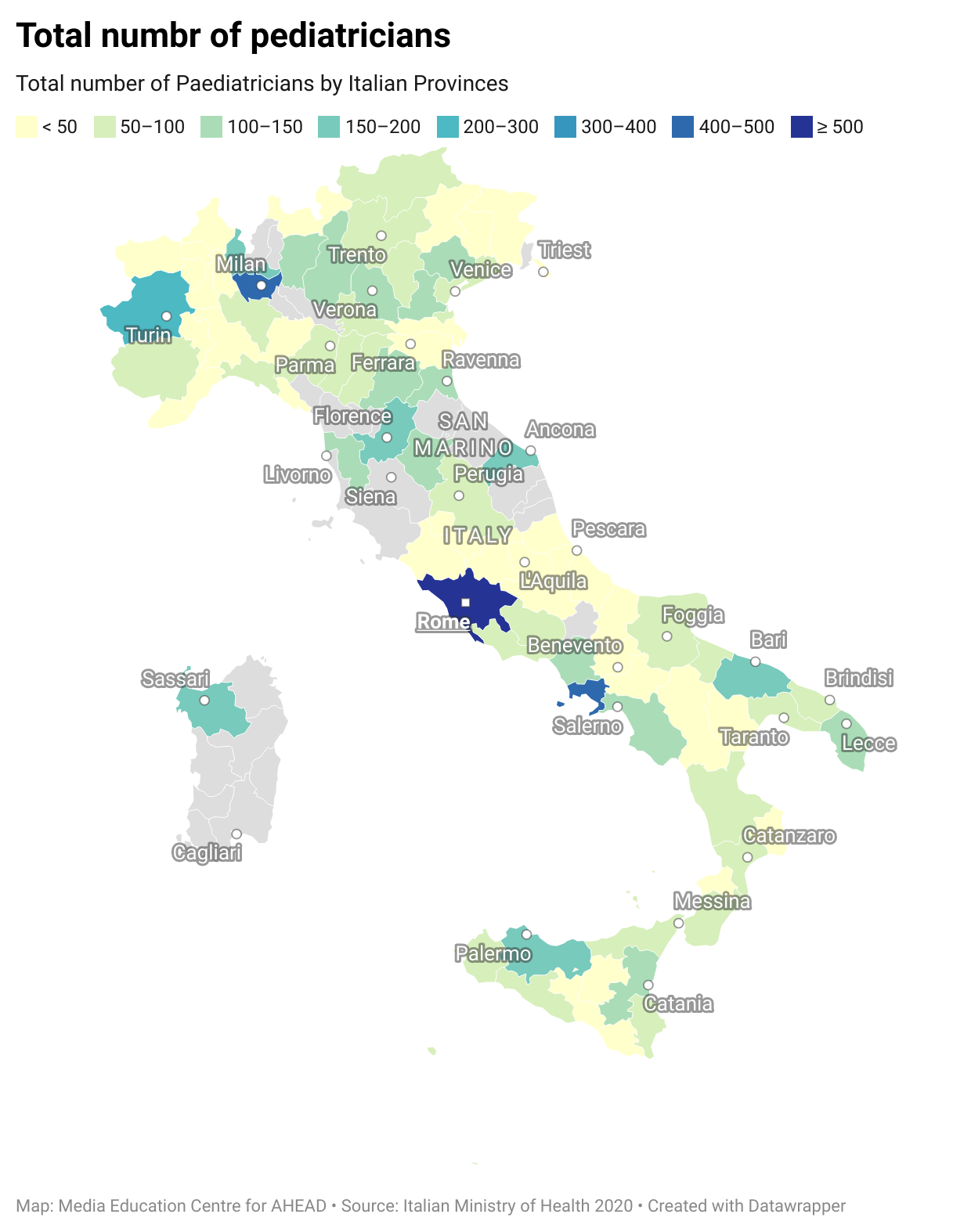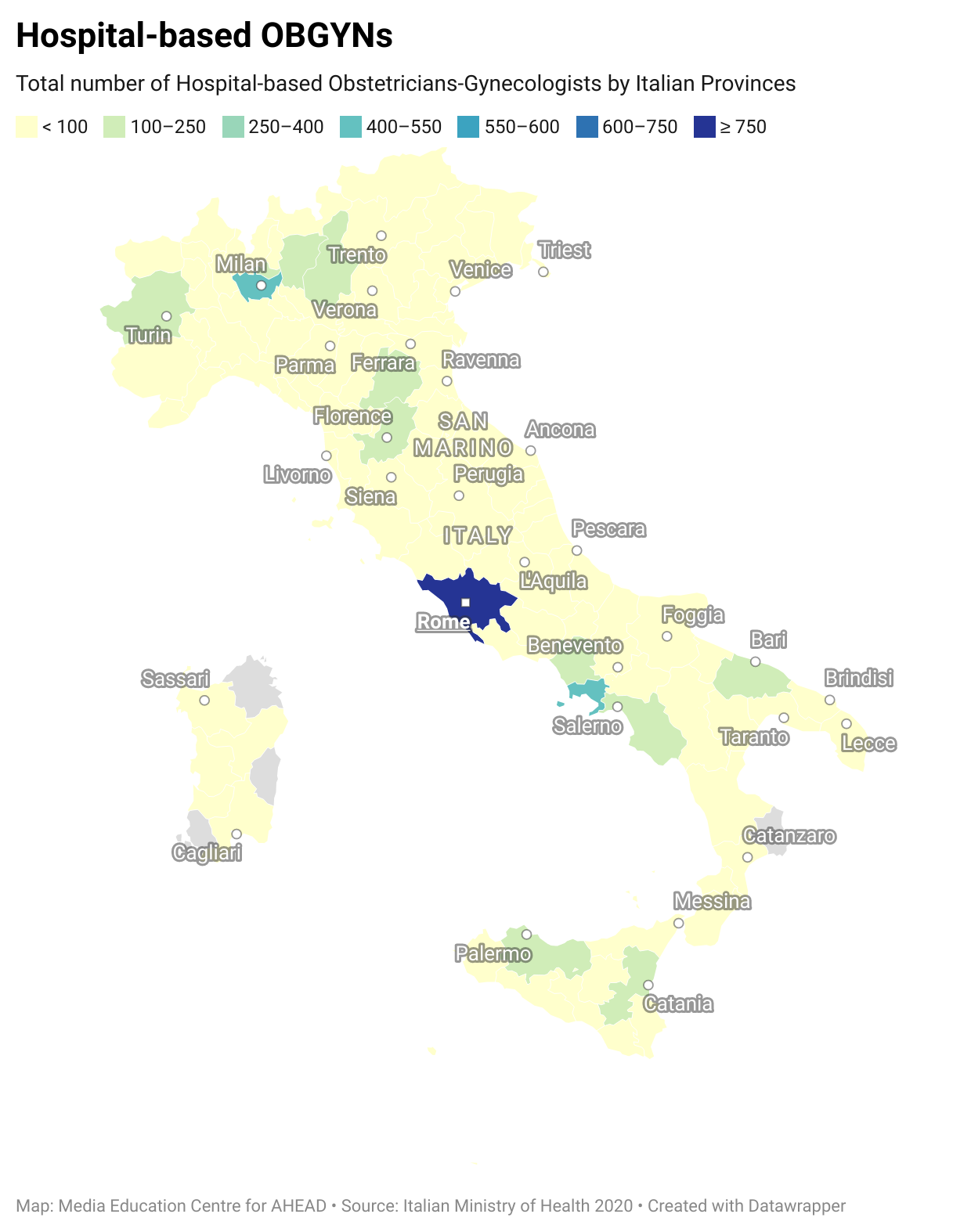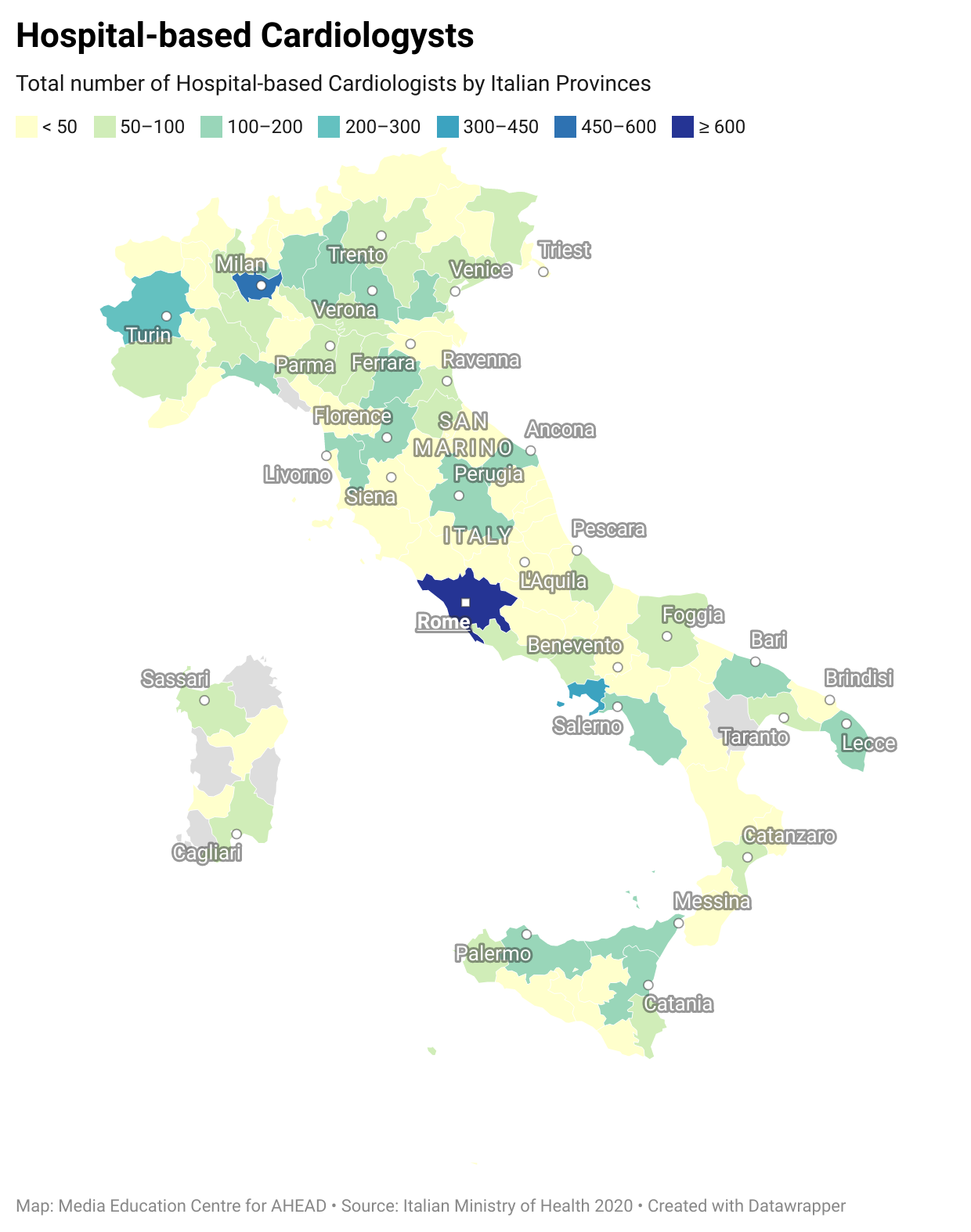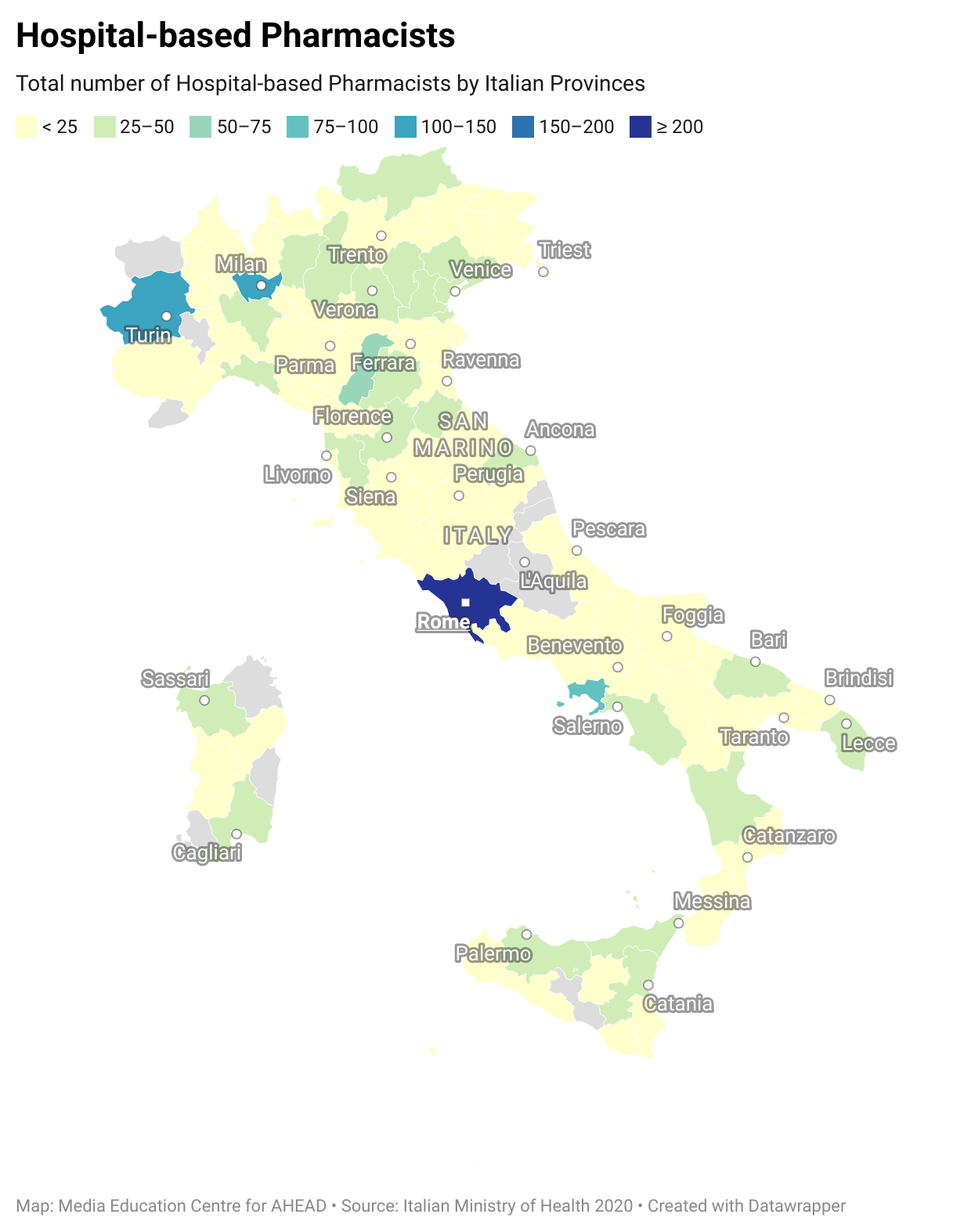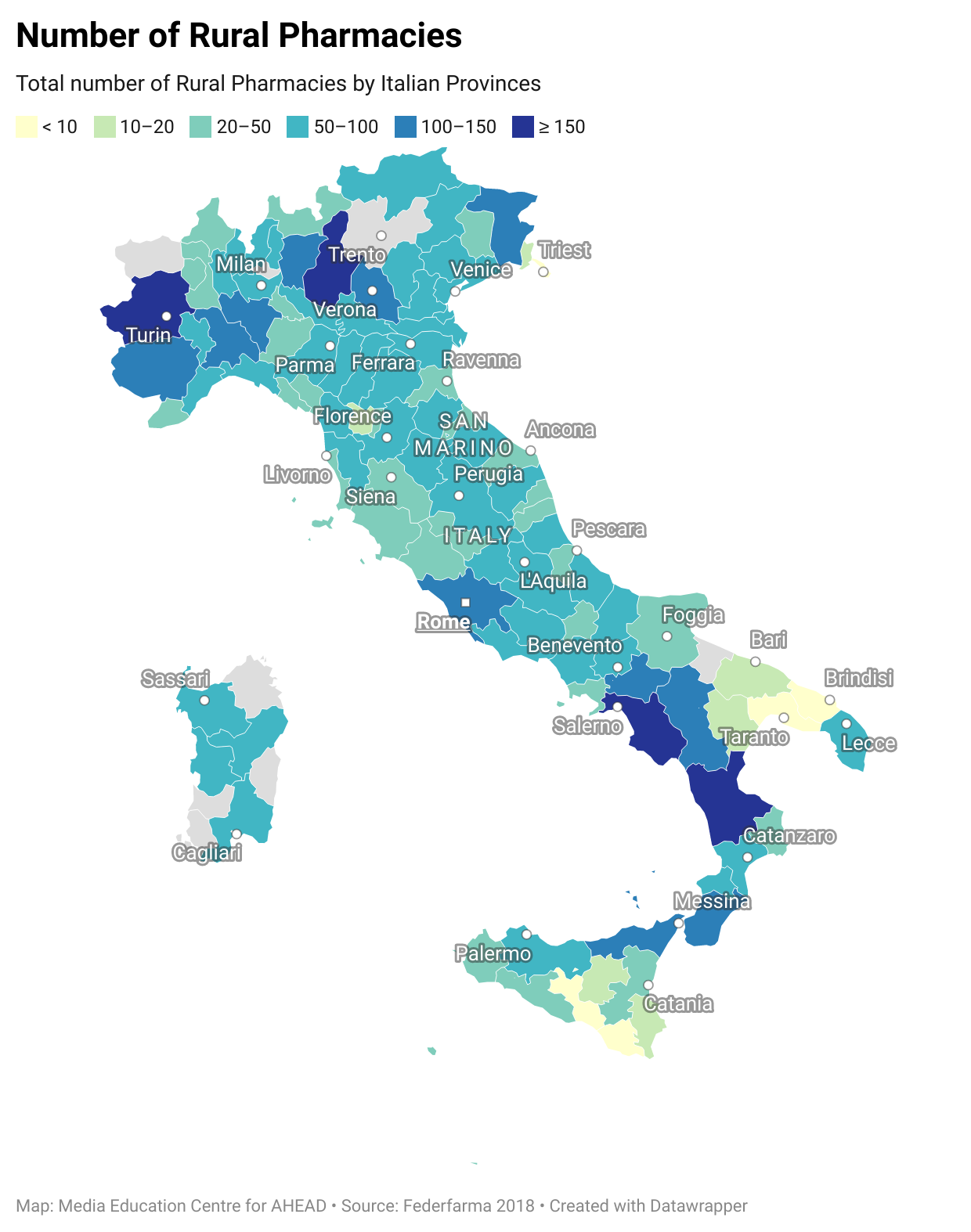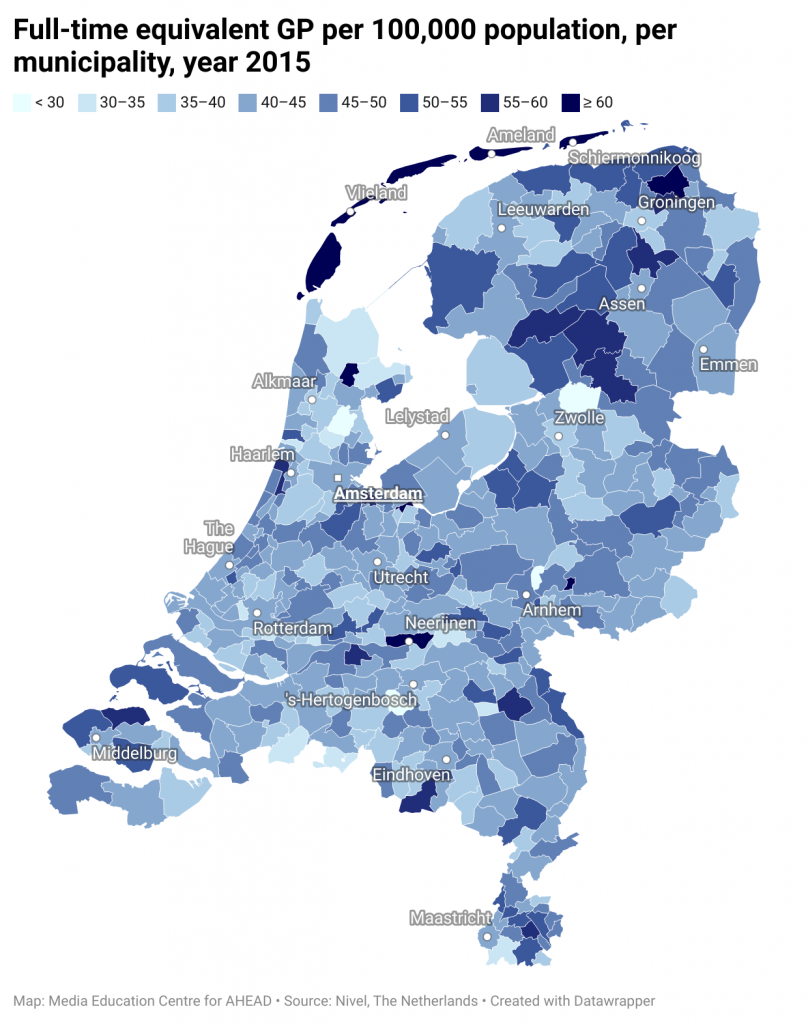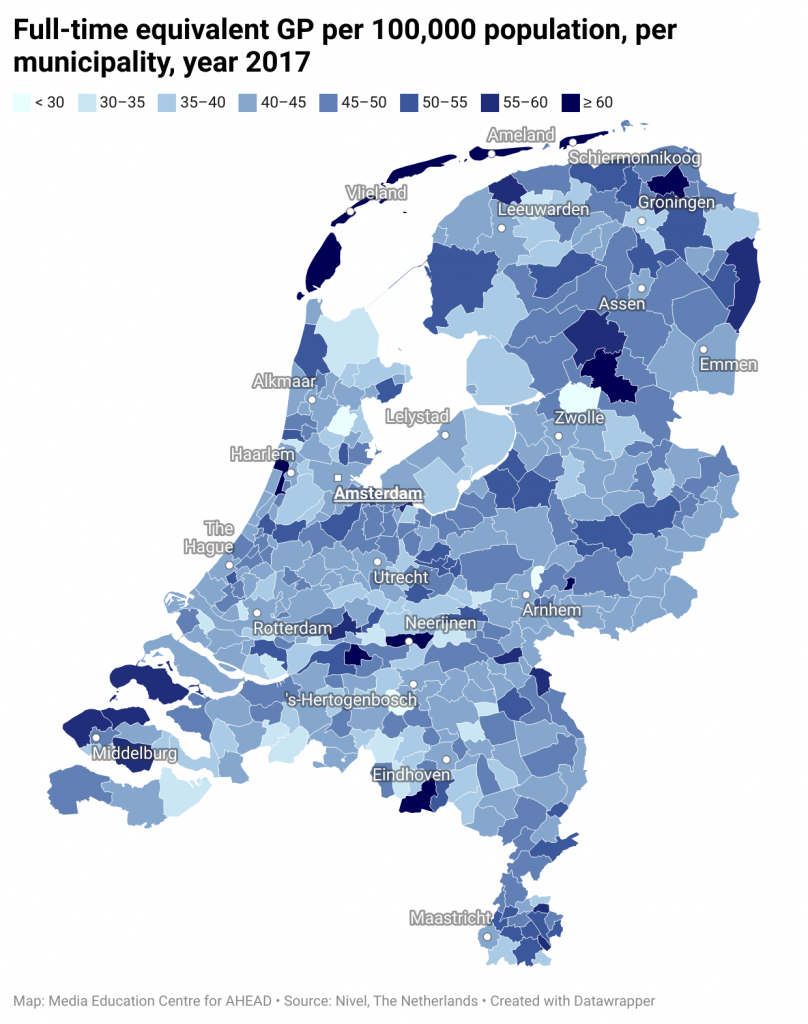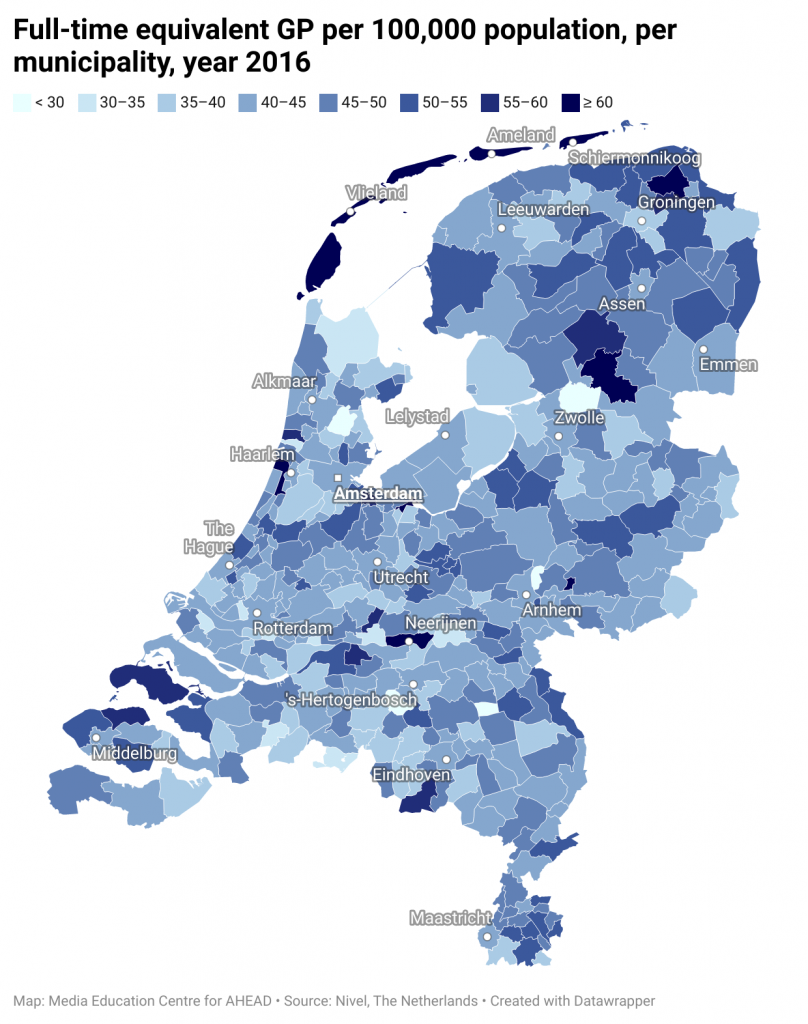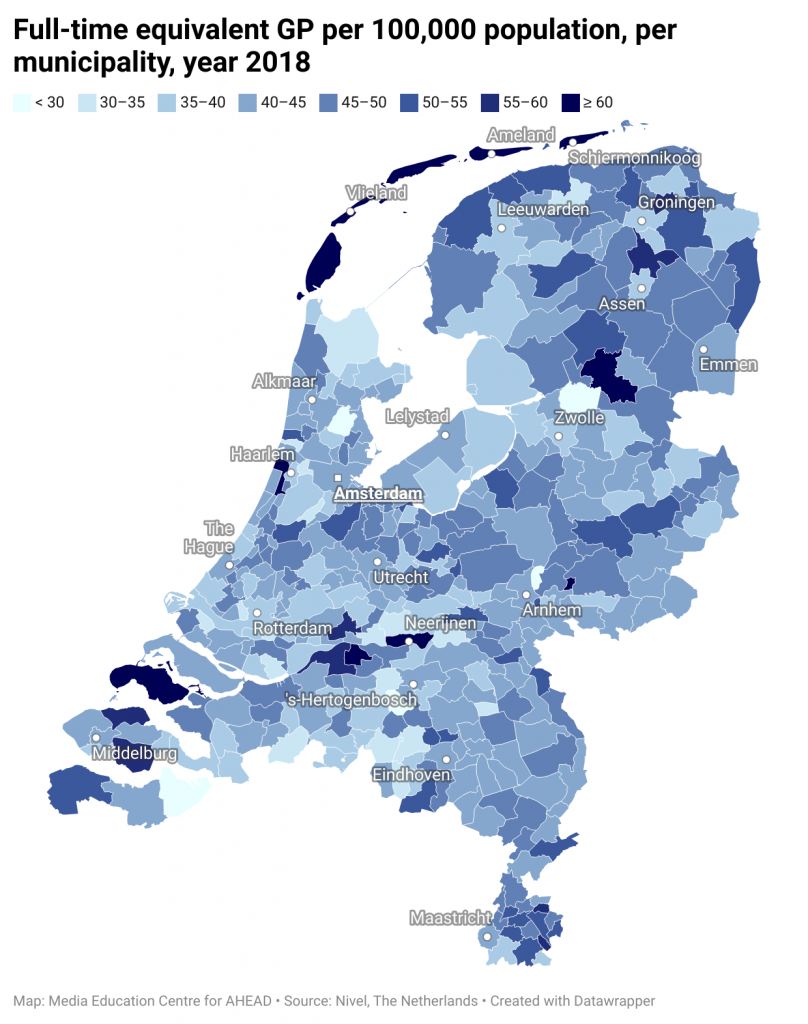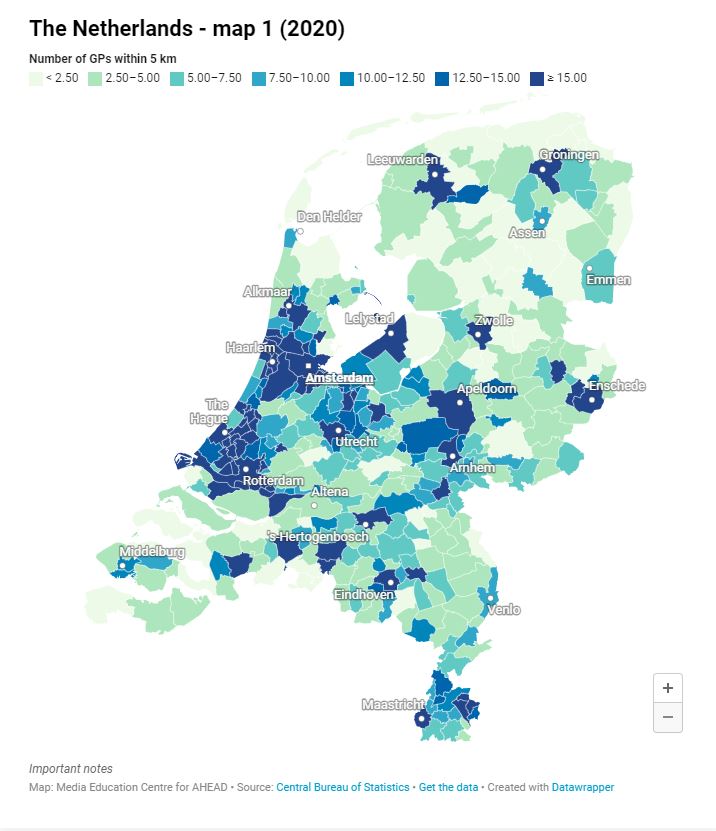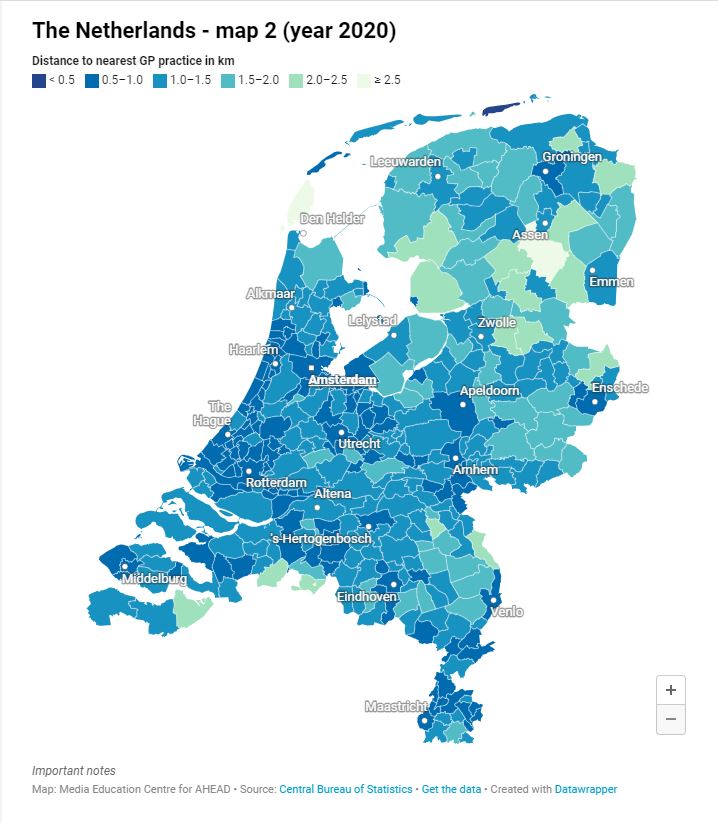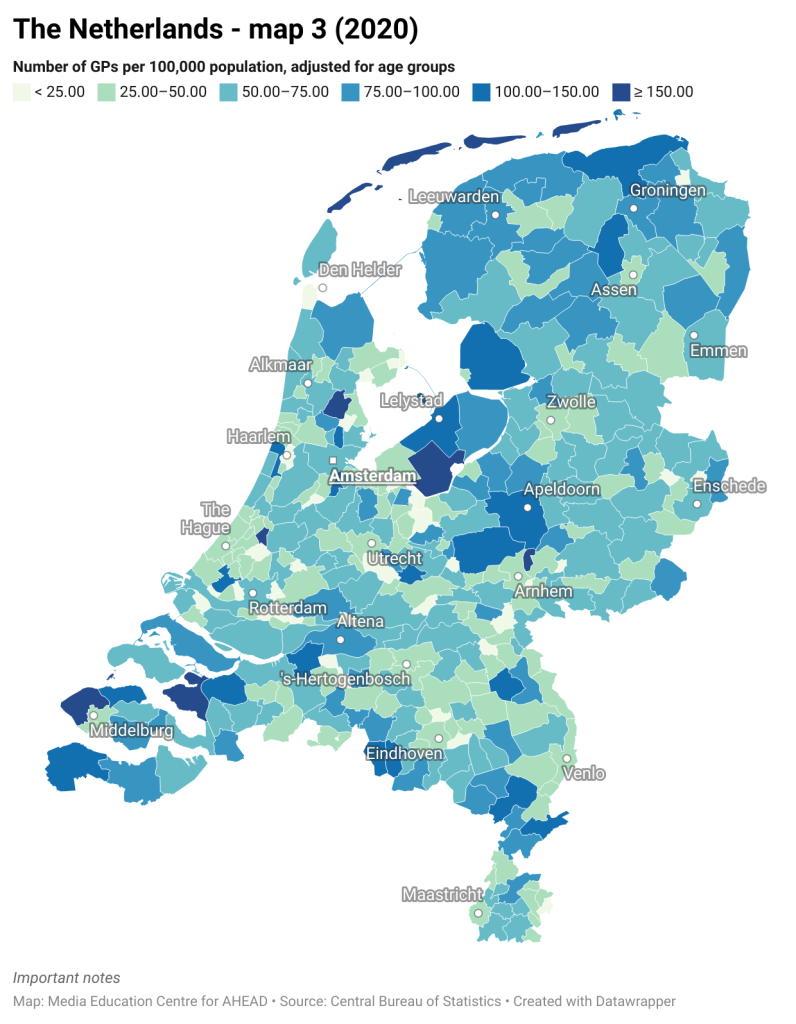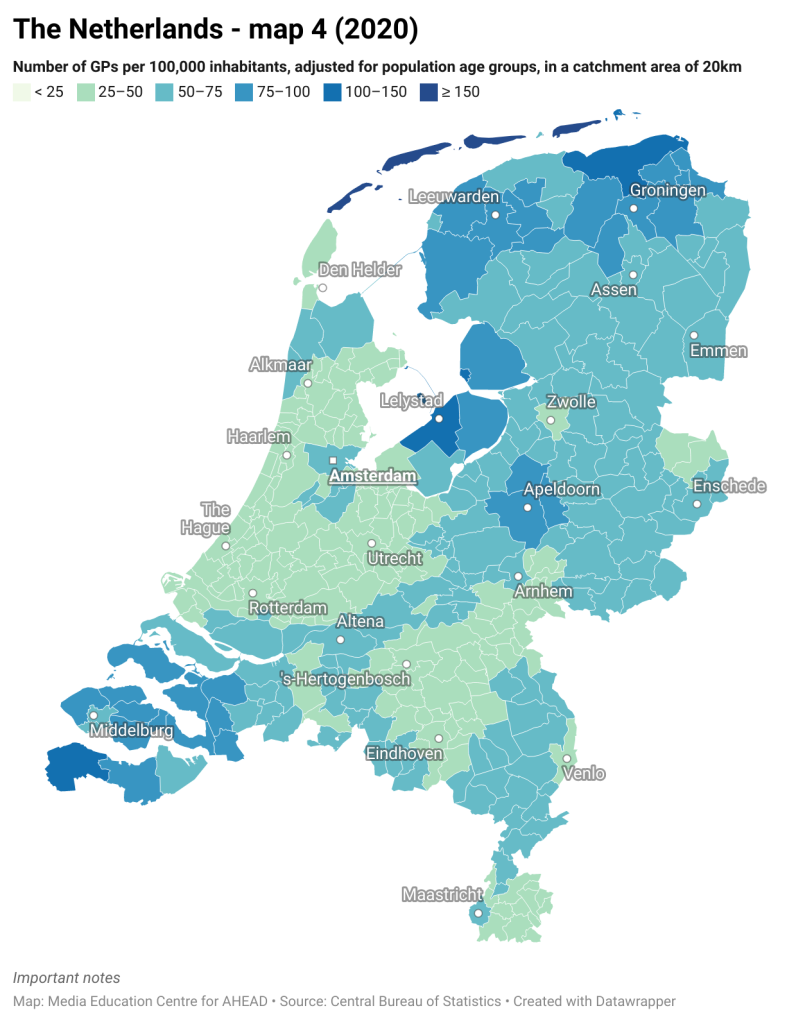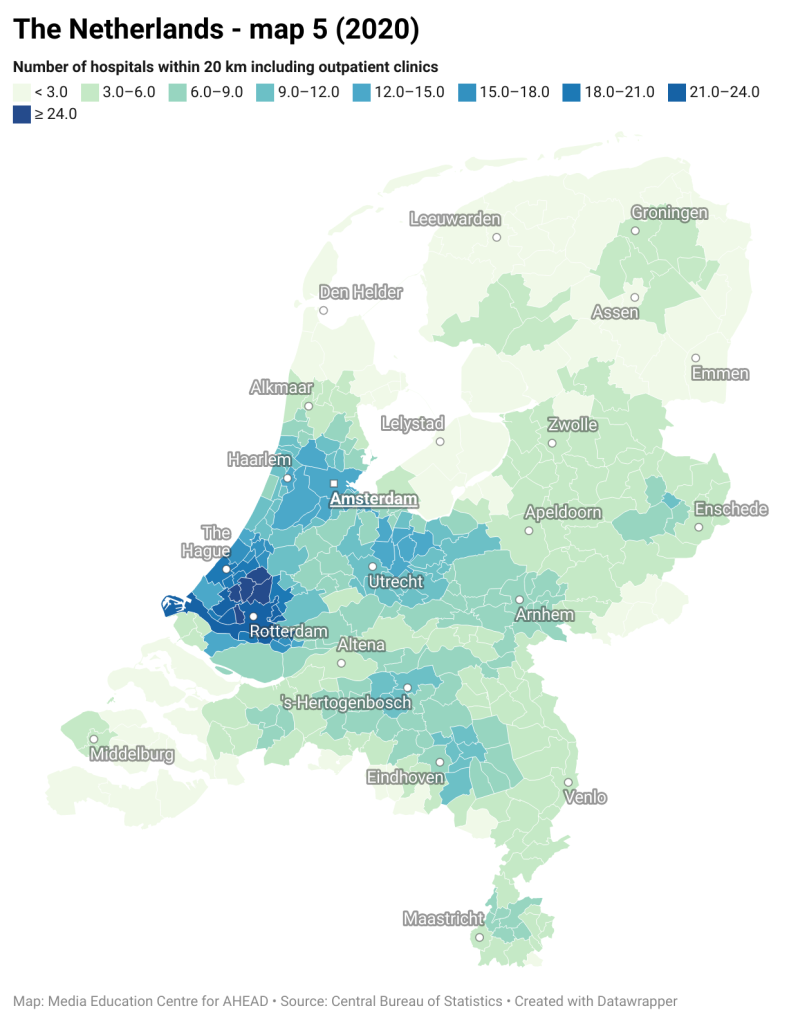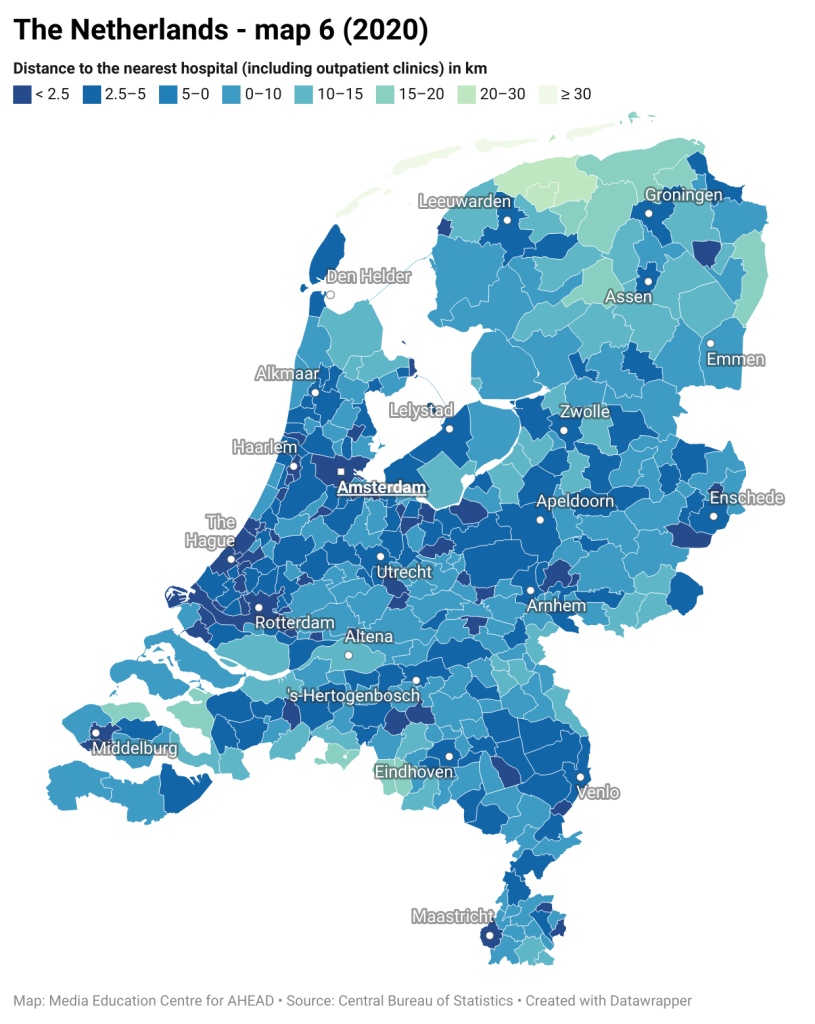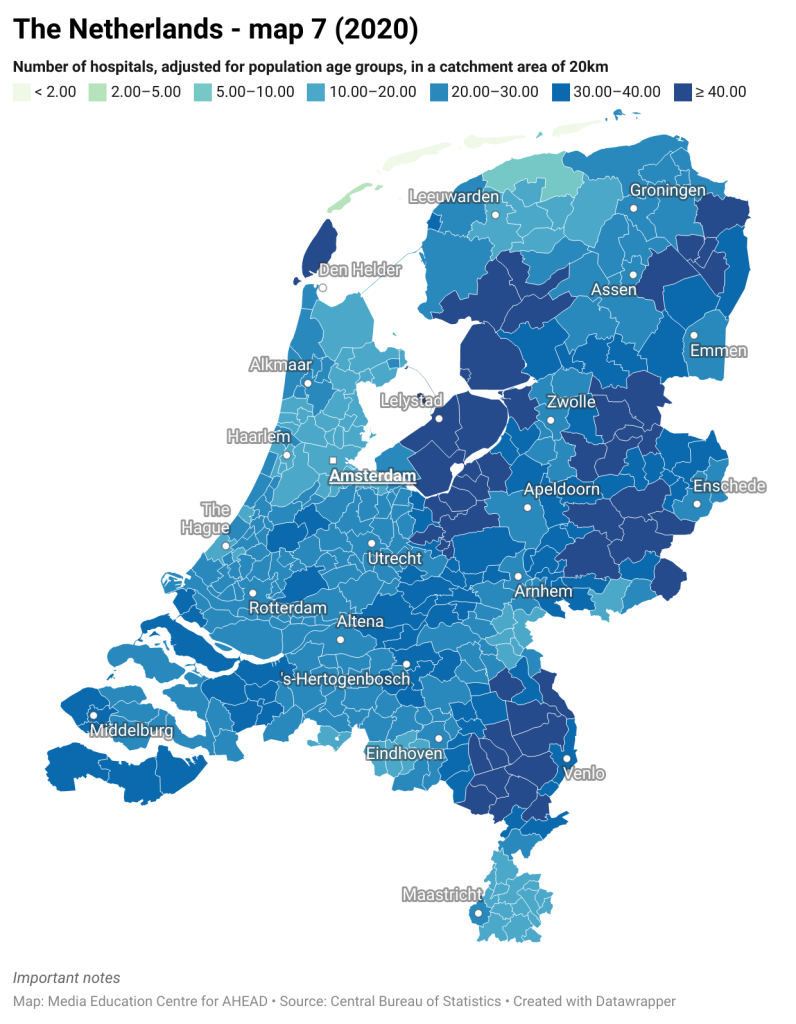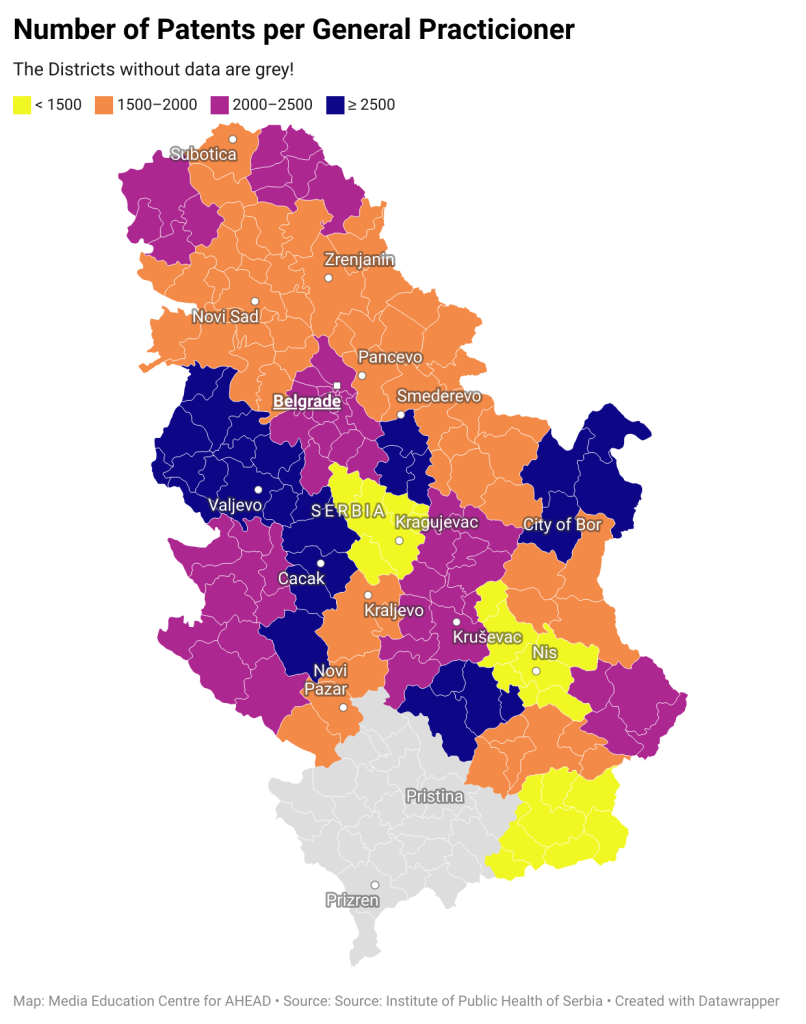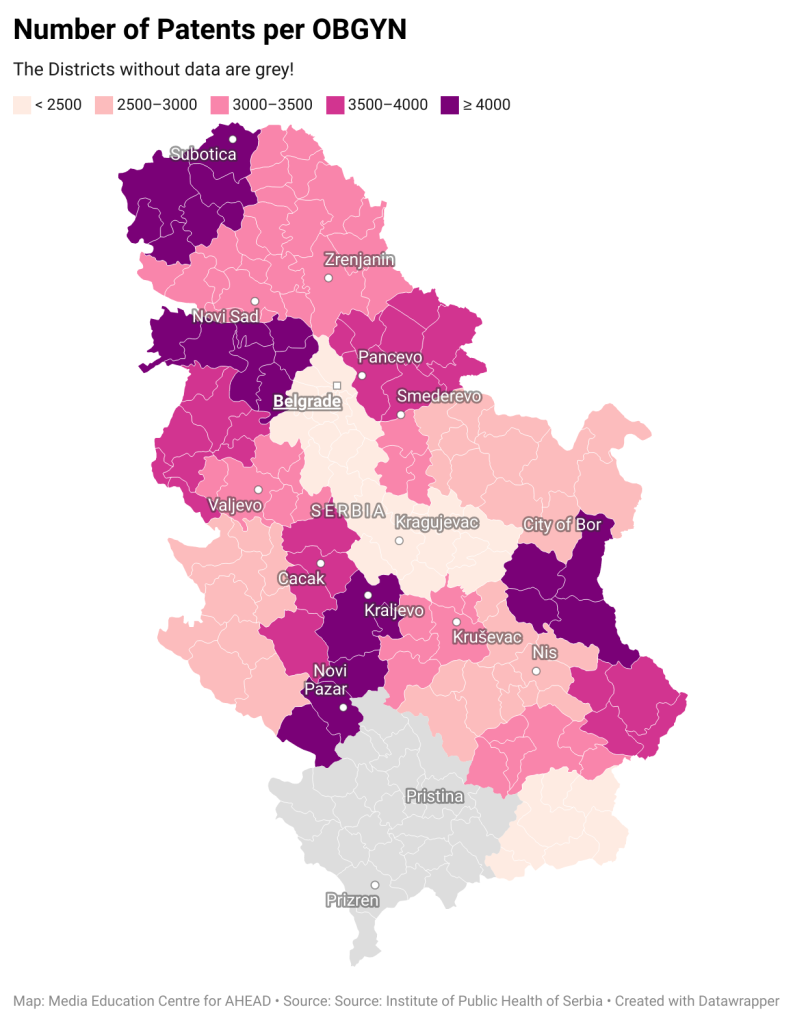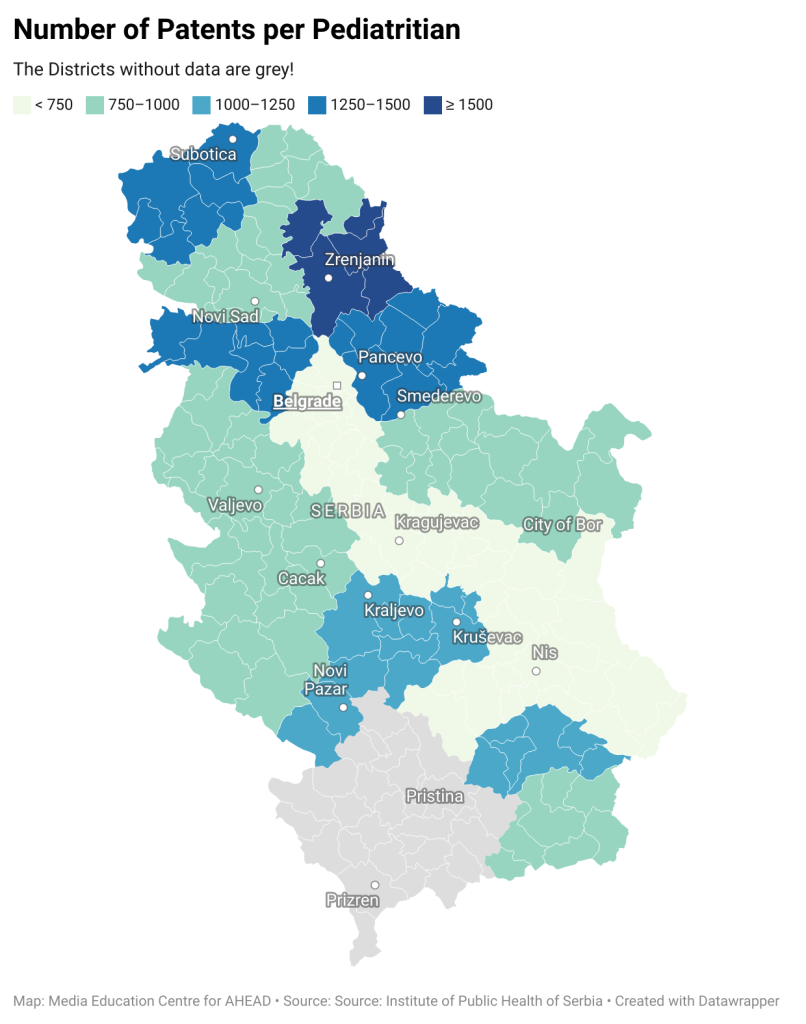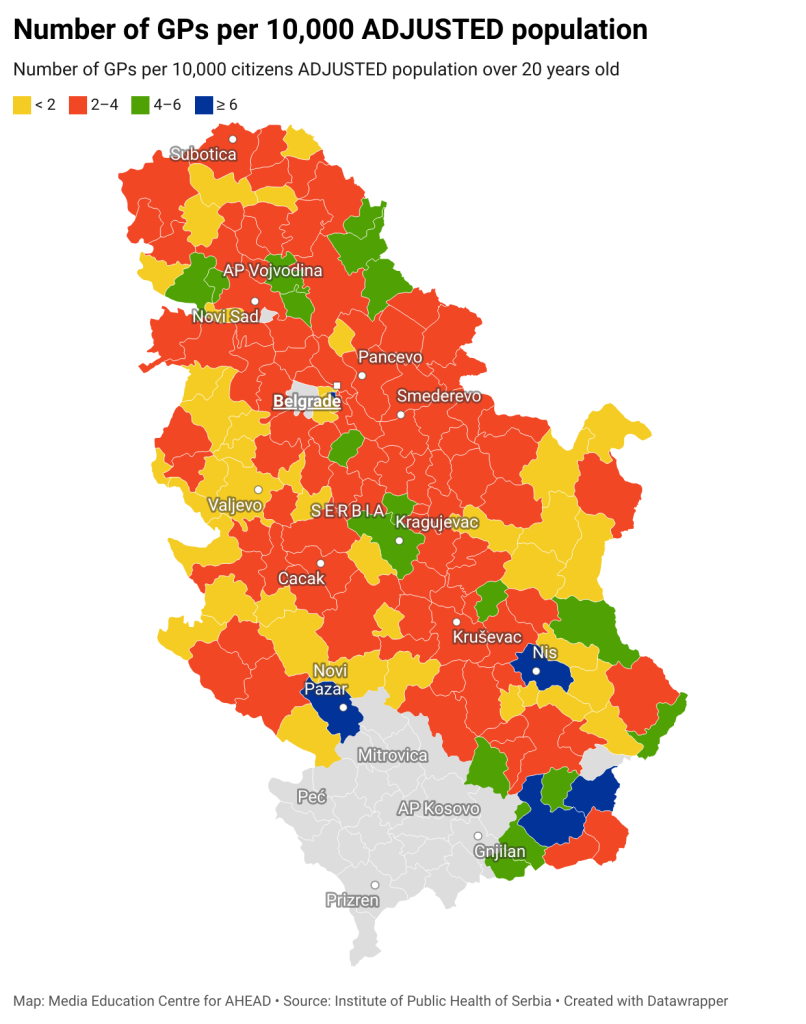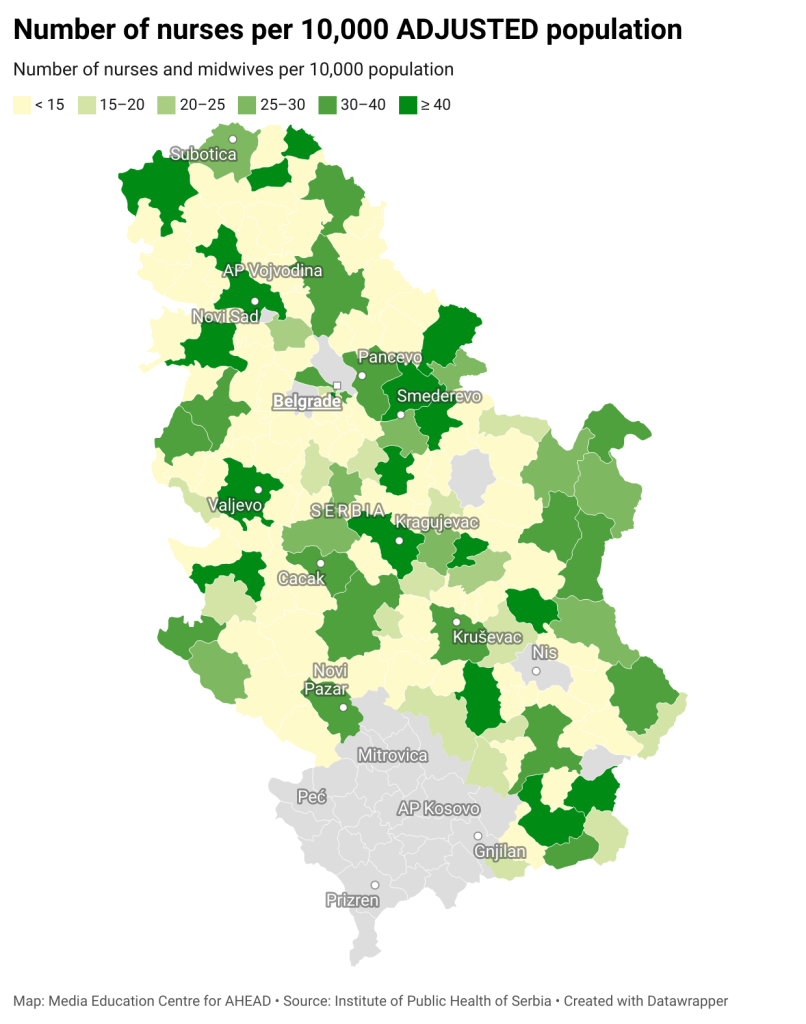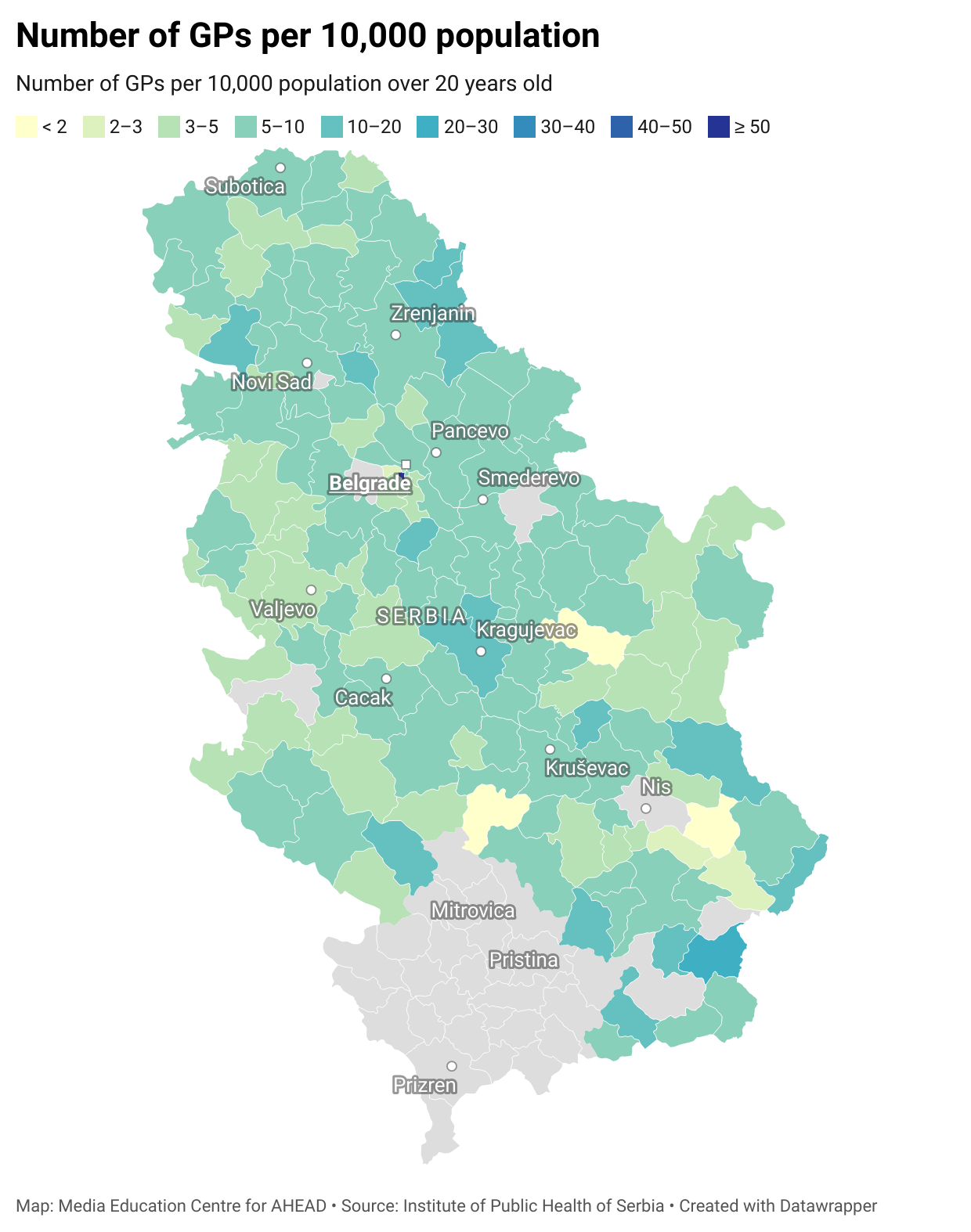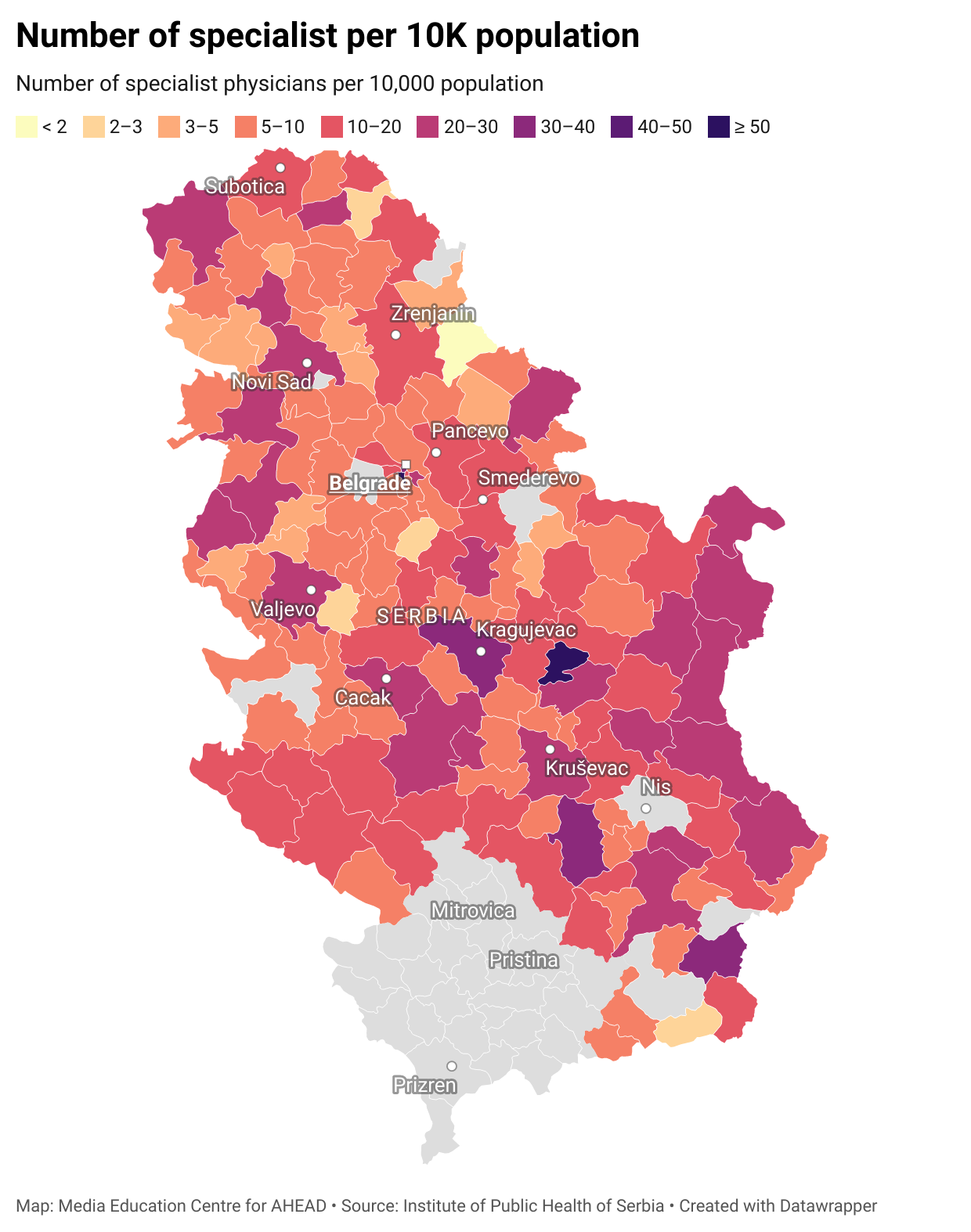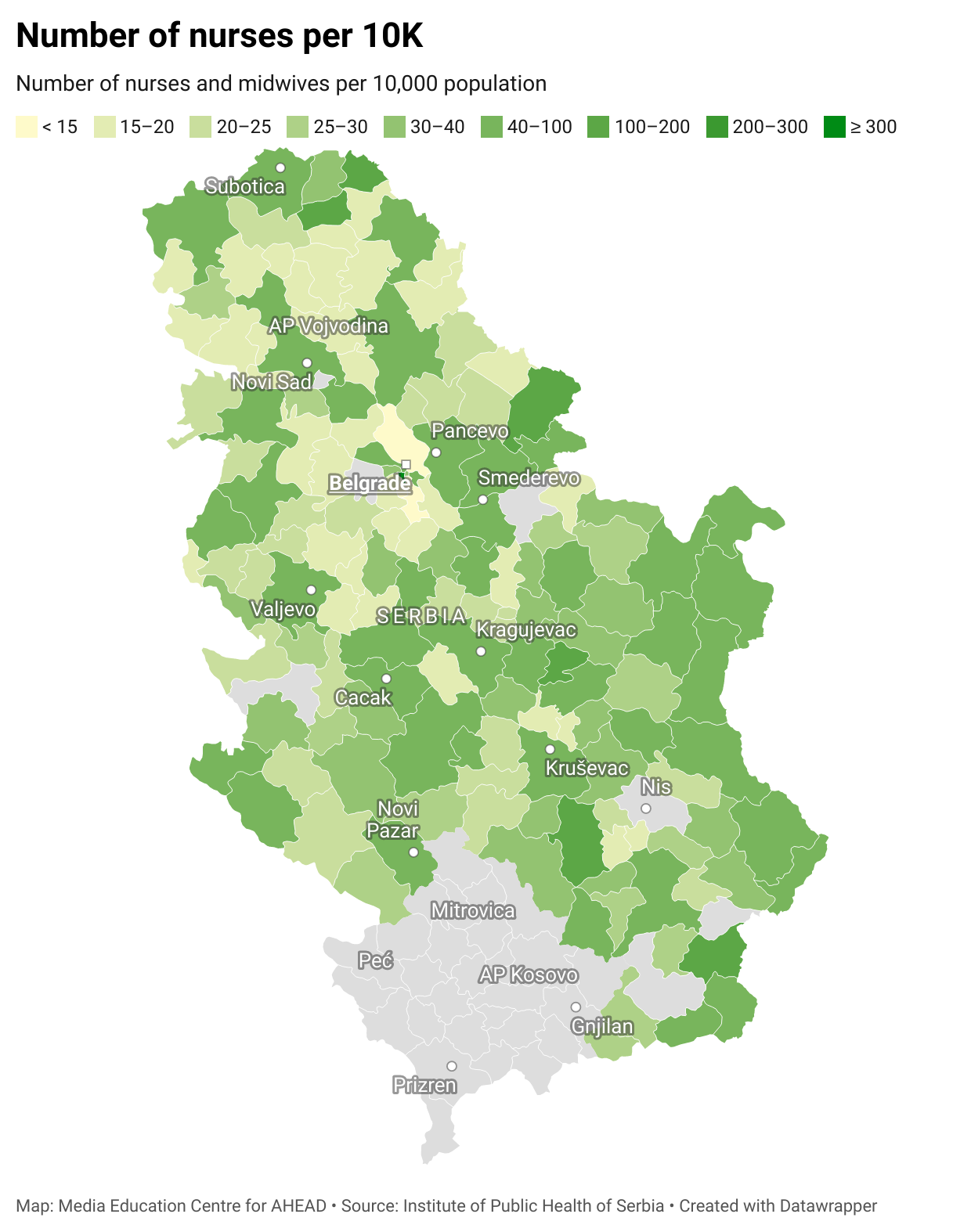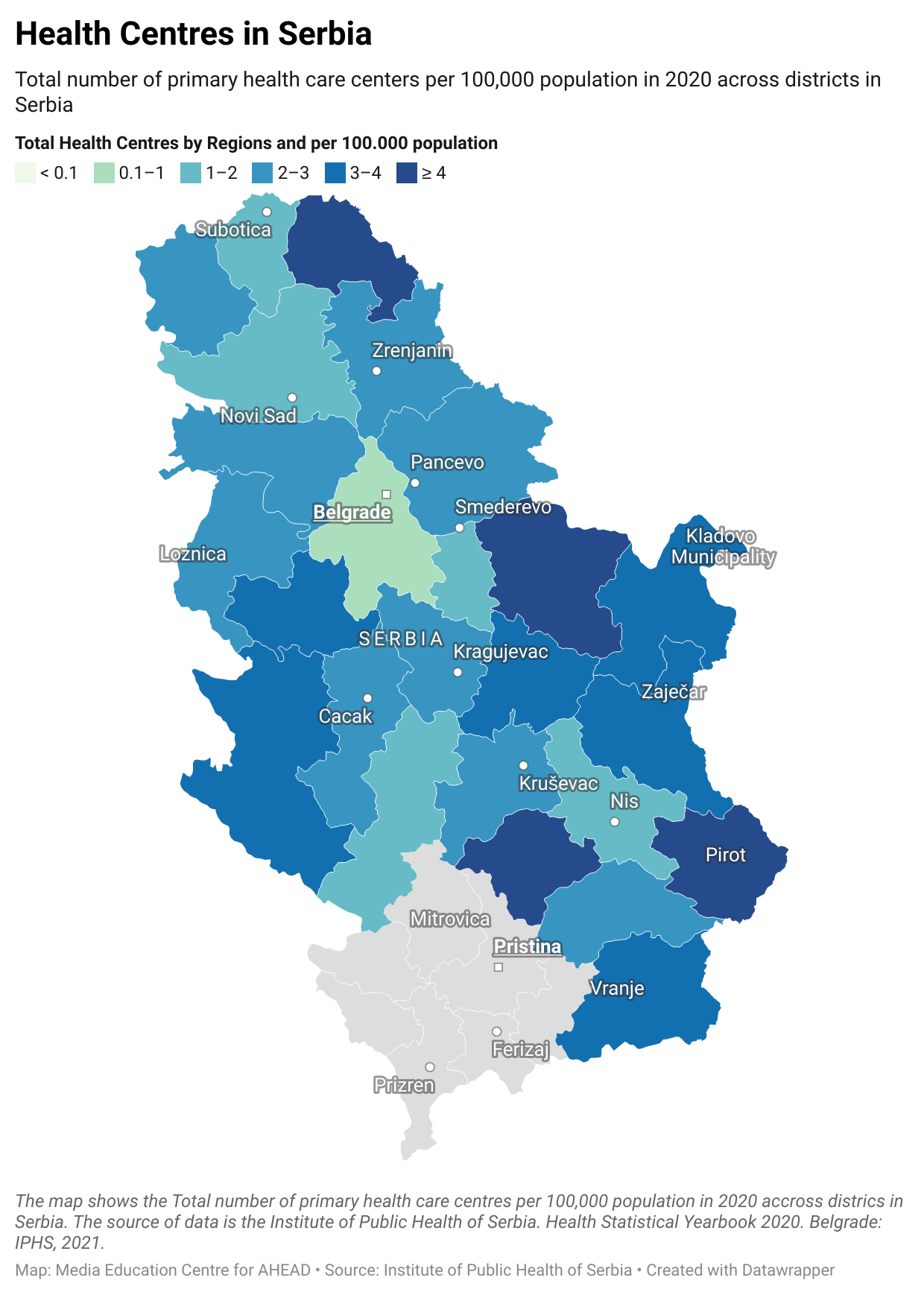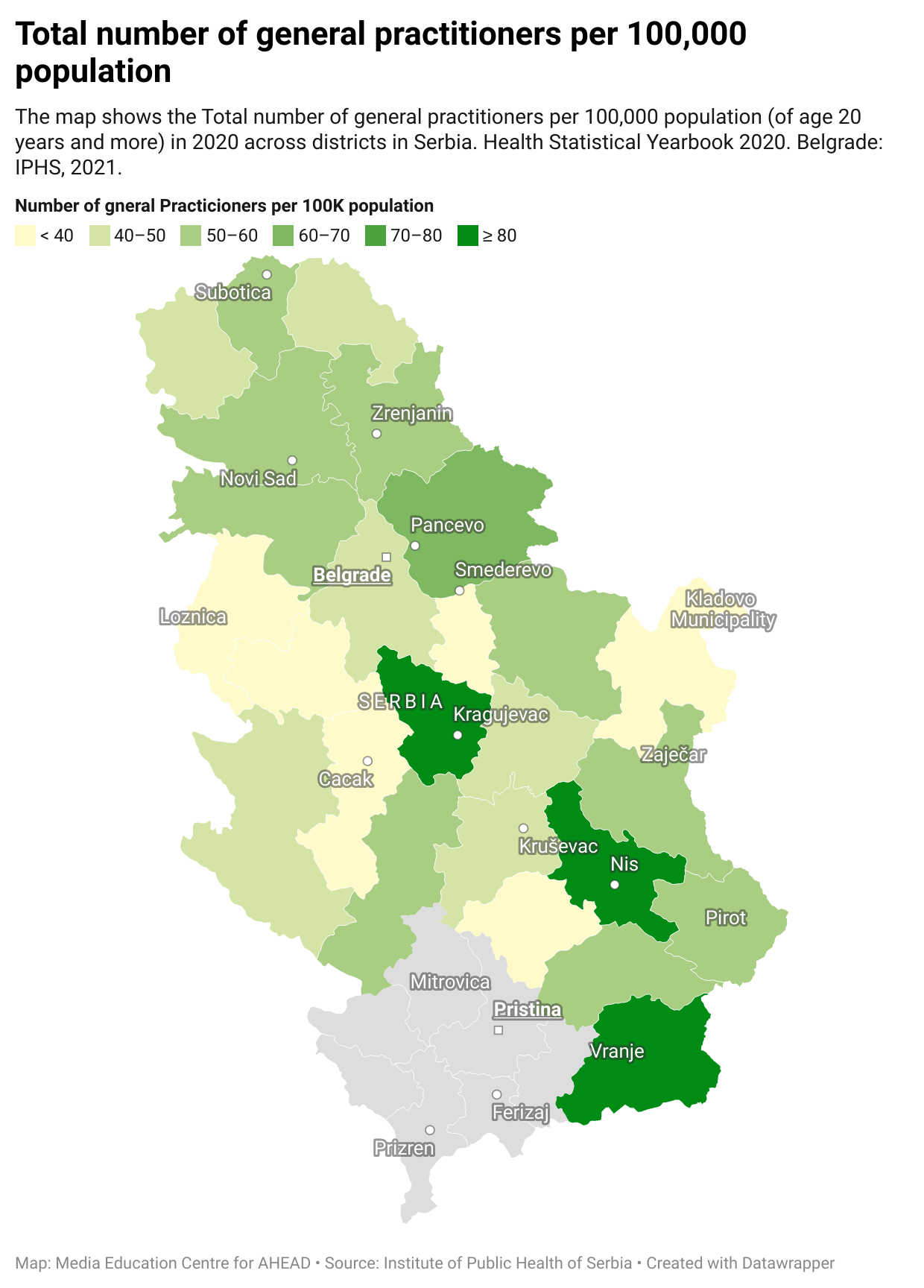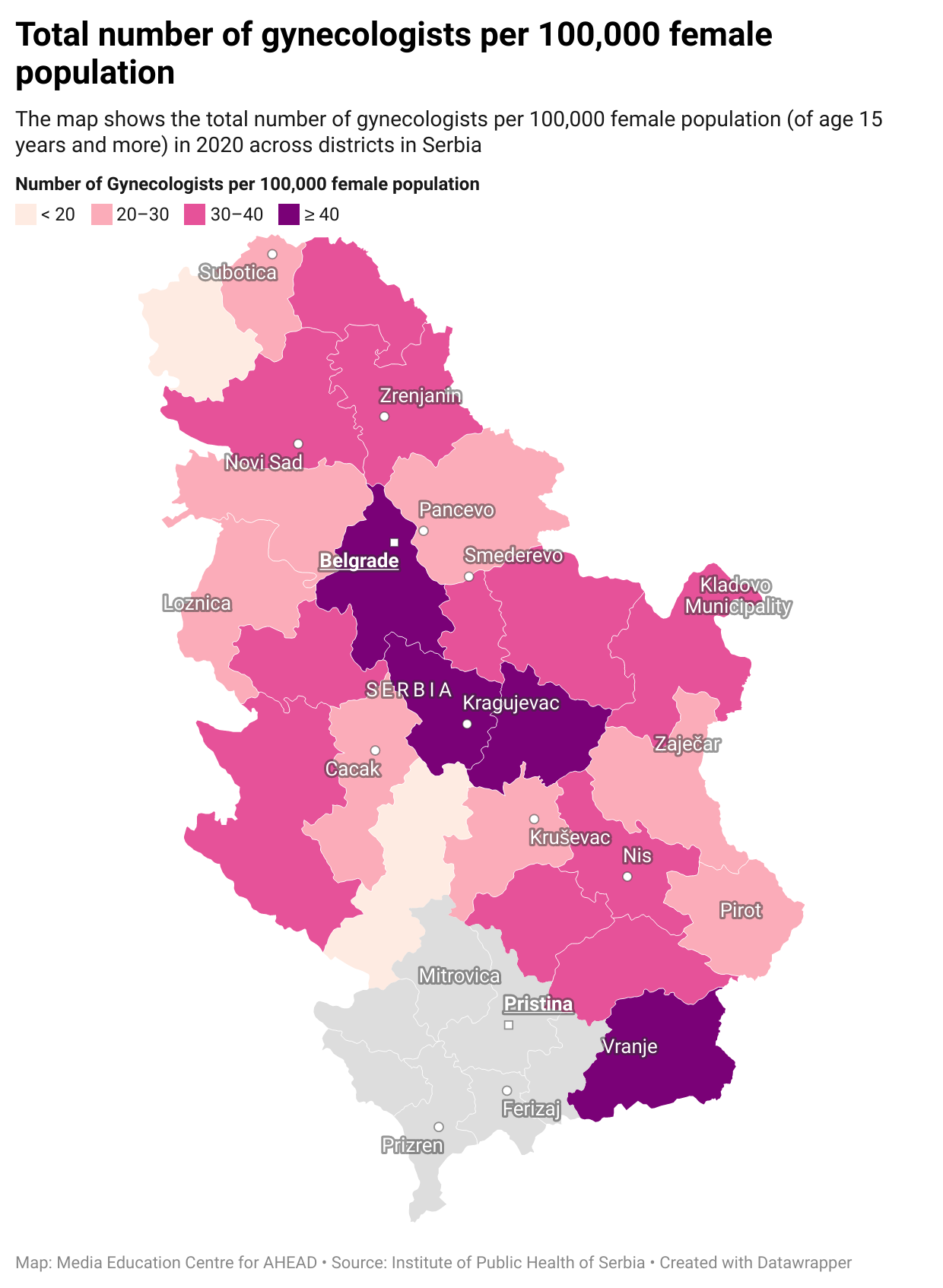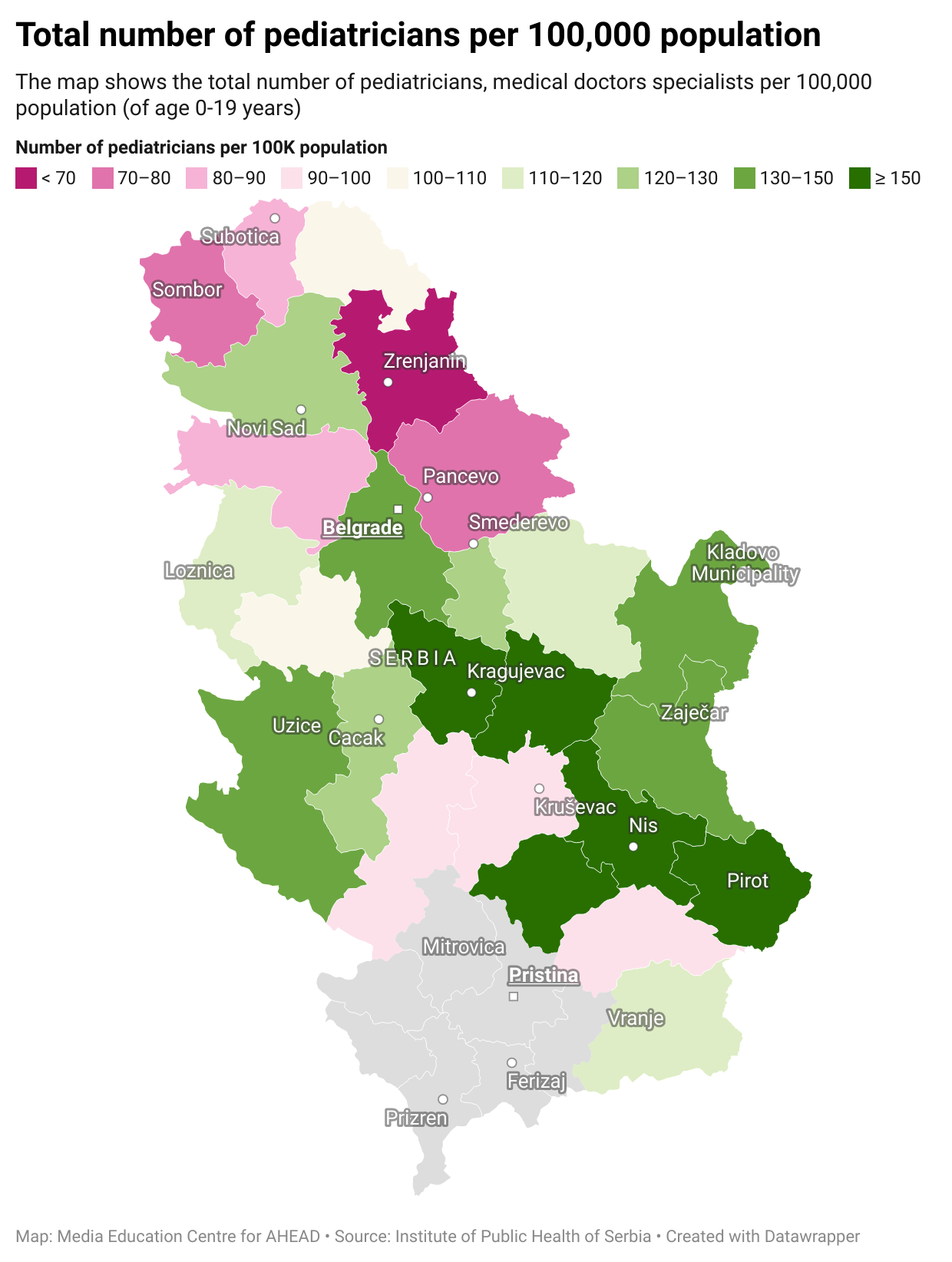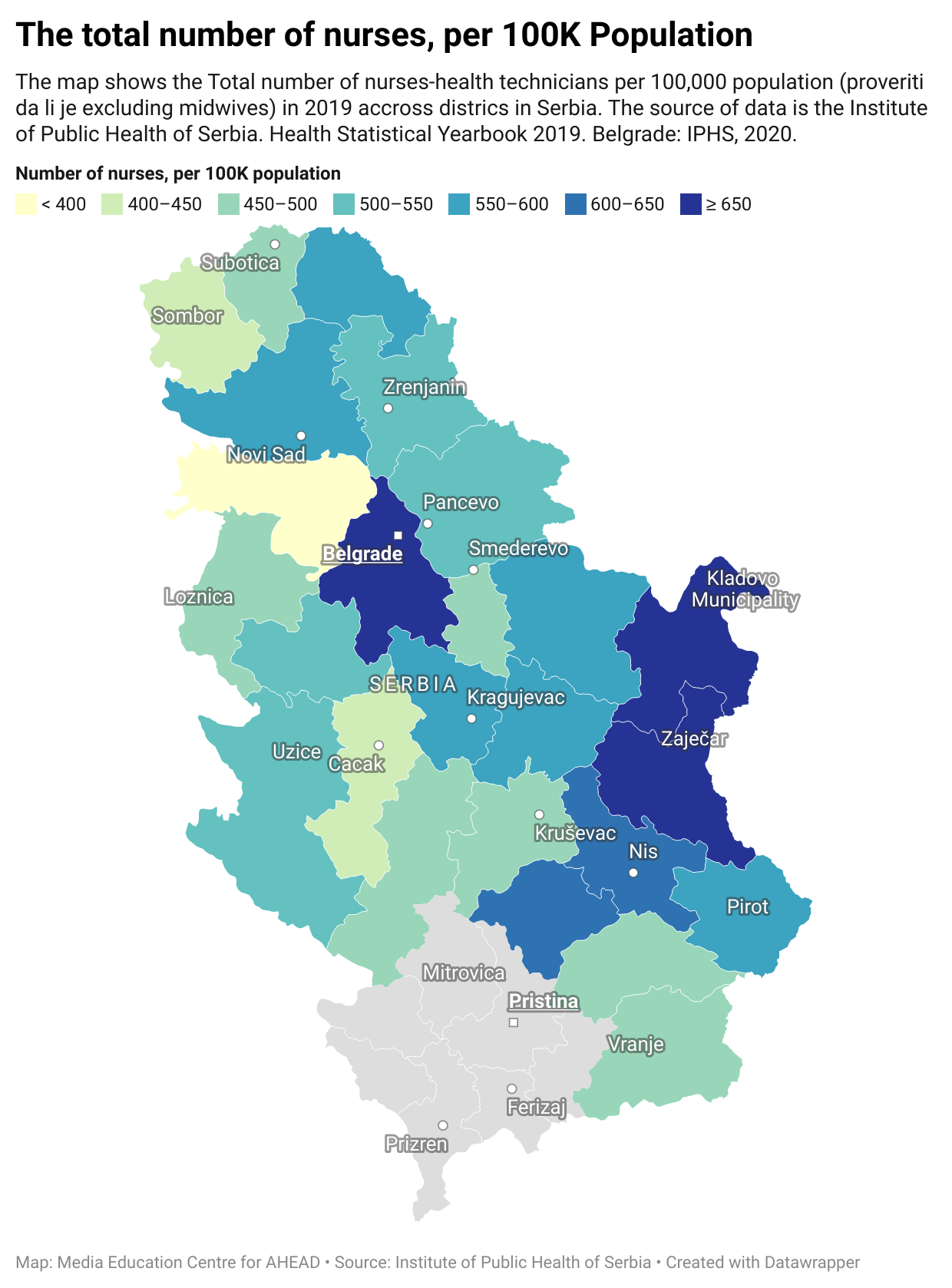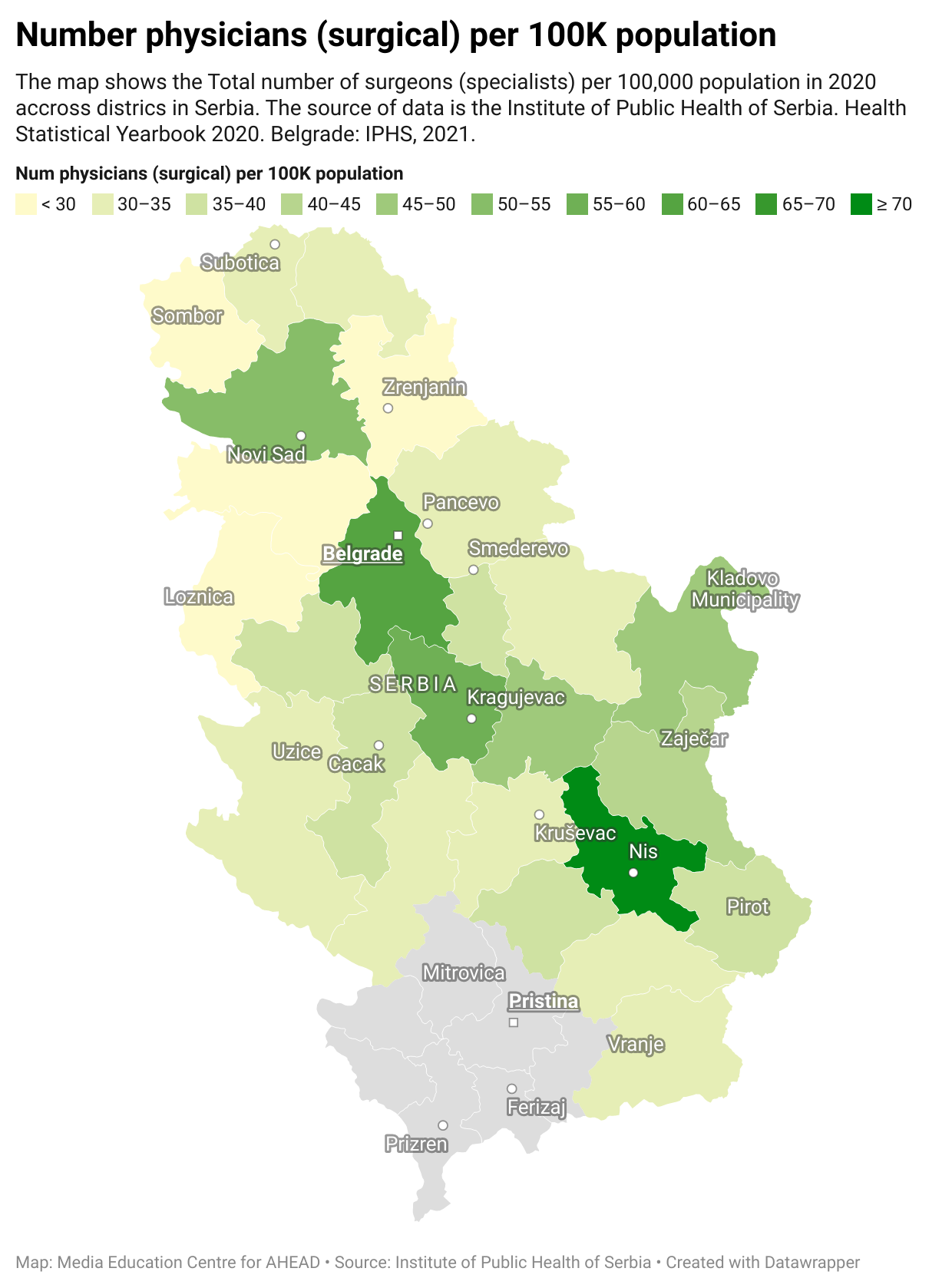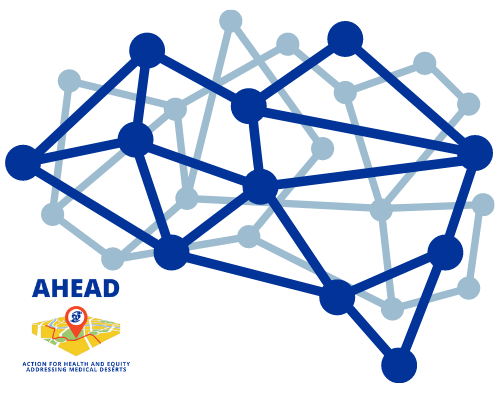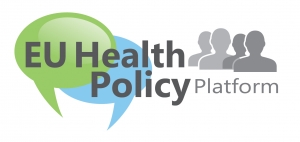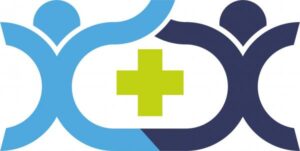Italy
On this page, you can the following information about medical desertification in Italy:
1) An illustrative story about an individual affected by medical desertification in Italy
2) Our country report on medical deserts in Italy
3) A selection of indicators for background information about Italy
4) Our Medical Deserts Diagnostic Tool: maps based on the contextualised set of indicators
Number of children per paediatrician per province – year 2020
The map shows how many children in the 0 – 15 age group there are – at the provincial level – for each paediatrician.
The colour code ranges from the lightest (the lowest number is 203) to the darkest (the highest number is 1364).
The data refer to 2020 and the sources are the Italian Ministry of Health and Eurostat.
To see details, please click on the MAP or LINK!
Number of adult citizens per General Practitioner per province – year 2020
The map shows how many inhabitants in the 15 – 65+ age group there are – at the provincial level – for each General Practitioner (GP).
The colour code ranges from the lightest (the lowest number is 248) to the darkest (the highest number is 1539).
The data refer to 2020 and the sources are the Italian Ministry of Health and Eurostat.
To see details, please click on the MAP or LINK!
Number of adult women per hospital-based Obstetrician-Gynecologist per province – year 2020
The map shows how many women in the 14 – 65+ age group there are – at the provincial level – for each hospital-based obstetrician-gynecologist (HB OBGYN).
The colour code ranges from the lightest (the lowest number is 2292) to the darkest (the highest number is 40565).
The data refer to 2020 and the sources are the Italian Ministry of Health and Eurostat.
To see details, please click on the MAP or LINK!
Number of adult citizens per hospital-based Cardiologyst per province – year 2020
The map shows how many inhabitants in the 15 – 65+ age group there are – at the provincial level – for each hospital-based Cardiologist.
The colour code ranges from the lightest (the lowest number is 3147) to the darkest (the highest number is 224706).
The data refer to 2020 and the sources are the Italian Ministry of Health and Eurostat.
To see details, please click on the MAP or LINK!
Number of adult citizens per hospital-based Pharmacist per province – year 2020
The map shows how many inhabitants there are – at the provincial level – for each hospital- based Pharmacist.
The colour code ranges from the lightest (the lowest number is 9883) to the darkest (the highest number is 264805).
The data refer to 2020 and the sources are the Italian Ministry of Health and Eurostat.
To see details, please click on the MAP or LINK!
Map 1: Total number of General-Practitioners by Italian provinces
This is a map of Italy showing the number of General Practitioners (GPs) per province. It is a possible indicator of healthcare access, color-coded from light yellow (the lowest number is 82) to dark blue (the highest number is 3.211).
Source: Italian Ministry of Health 2020
Map 2: Total number of paediatricians by Italian provinces
This is a map of Italy showing the number of Paediatricians per province. It is a possible indicator of healthcare access, color-coded from light yellow (the lowest number is 14) to dark blue (the highest number is 594).
Source: Italian Ministry of Health 2020
Map 3: Total number of gynaecologists by Italian provinces
This is a map of Italy showing the number of Hospital-based Obstetricians-Gynecologists
Source: Italian Ministry of Health 2020
Map 4: Total number of cardiologists by Italian provinces
This is a map of Italy showing the number of Hospital-based Cardiologist
Source: Italian Ministry of Health 2020
Map 5: Hospital-based pharmacists by Italian provinces
This is a map of Italy showing the number of Hospital-based Pharmacists
Source: Italian Ministry of Health 2020
Map 6: The total number of rural pharmacies by Italian provinces
This is a map of Italy showing the number of Rural Pharmacies per province. It is a possible indicator of healthcare access, color-coded from light blue (the lowest number is 4) to dark blue (the highest number is 182).
Source: Federfarma 2018
